For my forth photoshoot, I focused on close up portraits, using different facial expressions and hand gestures to portray different emotions.
Contact Sheets

Sub- Selection








For my forth photoshoot, I focused on close up portraits, using different facial expressions and hand gestures to portray different emotions.









For this photoshoot, I decided to take landscape photographs of the abandoned St. Saviour’s Hospital, formally named the Jersey Lunatic Asylum, to contrast with the self- portraits I have taken. I decided to do this to experiment with different photographic styles for this project, linking in a historical building with the topic of hysteria.
The foundation stone for the asylum was laid on Saturday 29 July 1865 and opened in 1868. The institution was named the Jersey Lunatic Asylum, and was called this for nearly 100 years. However, in 1952, the name was changed to the Jersey Mental Hospital and then in 1963, when attitudes began to change towards mental health, the current name, St. Saviour’s Hospital, was adopted. The architect was Thomas Gallichan, who was responsible for the design of other States projects such as the Royal Court House and the General Hospital. Unfortunately, he drowned while bathing in 1866 and never saw the asylum completed.

The States Assembly were extremely reluctant to spend money on a purpose-built lunatic asylum, and Sir Robert Percy Douglas Lieutenant Governor of Jersey was forced to intervene since Whitehall complained about the lack of care of islanders with learning disabilities and mental health issues. The states were first criticised in 1847, yet still took nearly 20 years to act on Whitehall’s complaint. Having convinced the States to finally build the asylum, Douglas was also instrumental in selecting Queen’s Farm at St Saviour as the ideal site, negotiating the lease of the farm and land from the Crown for £84 per annum.


The asylum used to hold an annual picnic, during which it would take its ‘inmates’, as the press described them, on an excursion around the island. Each year, the papers reported the fine weather and good behaviour of the patients, but it sounded like a somewhat stiff and rather militaristic affair, with the patients called back to their vehicles with a bugle call, at the sound of which they would all fall in.
The main part of the hospital closed when a new facility opened in 2014 and it was left unused until the decision was made to sell the building and site. Unfortunately, this attracted the interest of vandals, who broke a window and started a fire inside the building in January 2017. There have been several proposals to sell the site, which is said to be worth as much as £15 million.




















who: The photos will be of the abandoned St. Saviour hospital, linking to Matt Emmett’s work and the theme of madness within my project.
what: I will take photos of the building and its surroundings, capturing it from different angles.
where: I will all be completed at the site of the hospital, and I will make sure to walk around to capture all its sides.
when: I will complete this photoshoot on a duller day, when light isn’t harsh and doesn’t distract from the rough beauty of the architecture.
how: I will use a digital camera and simple settings, capturing good quality images of the place.
who: The photos will be of me, specifically close up portraits, linking to femininity and hysteria- especially the emotions surrounding these topics.
what: I will take close of portraits of my face and upper body.
where: I will be doing this photoshoot in my room, against a blank wall.
when: I will complete this photoshoot at any time, as it is inside so weather has no effect.
how: I will use a digital camera and a slow shutter speed, causing the photos to have a double exposure, much like Woodman’s images, creating a disturbing mood within the pictures.
green- will edit, yellow- might decide to edit (if more edits are needed), red- won’t edit

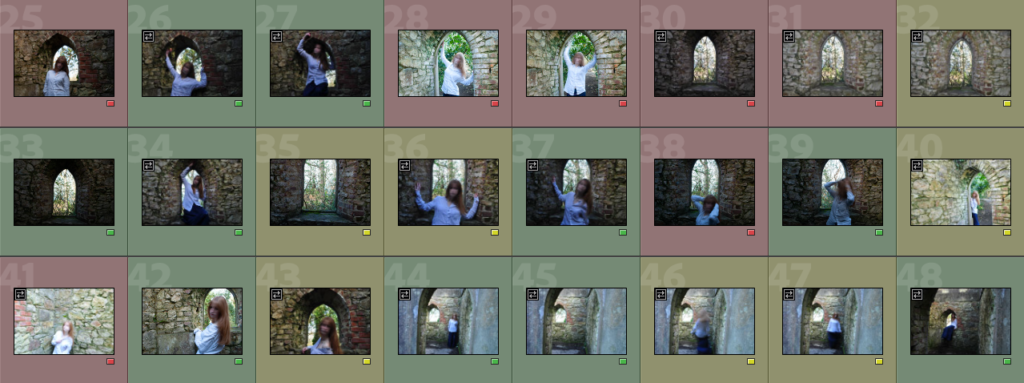
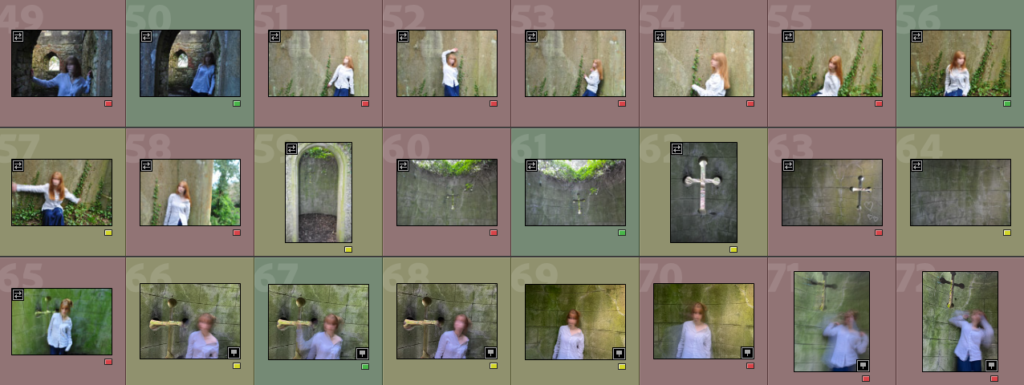


I made every picture black and white and I enhanced the contrast of the images by changing the contrast, highlights and shadows as well as increasing the texture and clarity of the photographs. I either lowered or increased the exposure, depending on the lighting in each image.
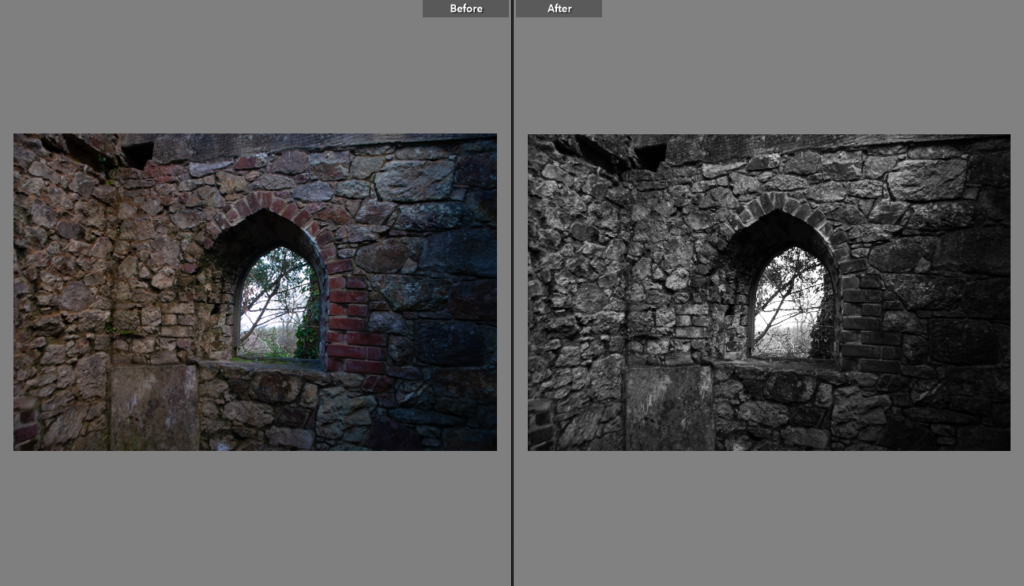

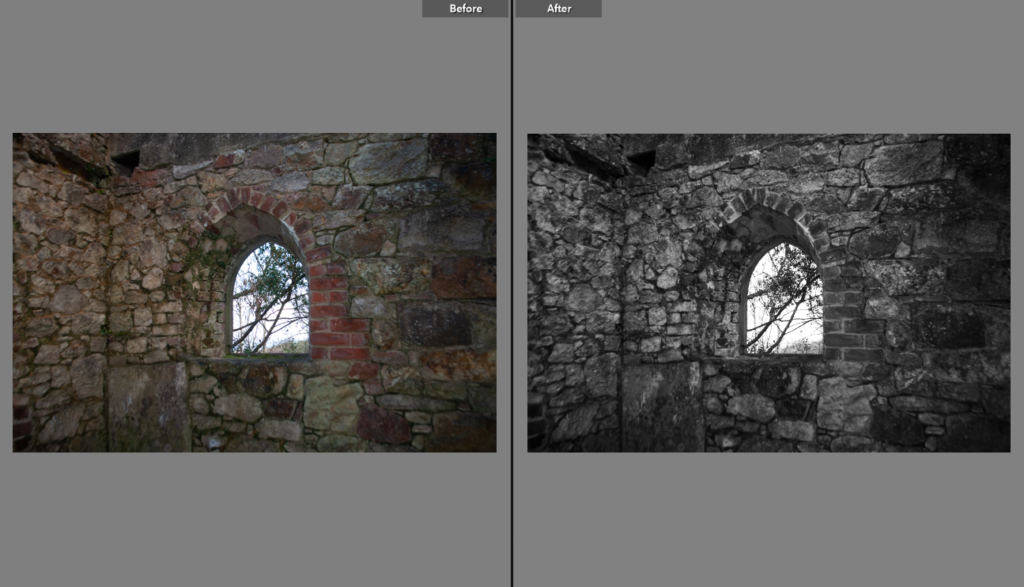

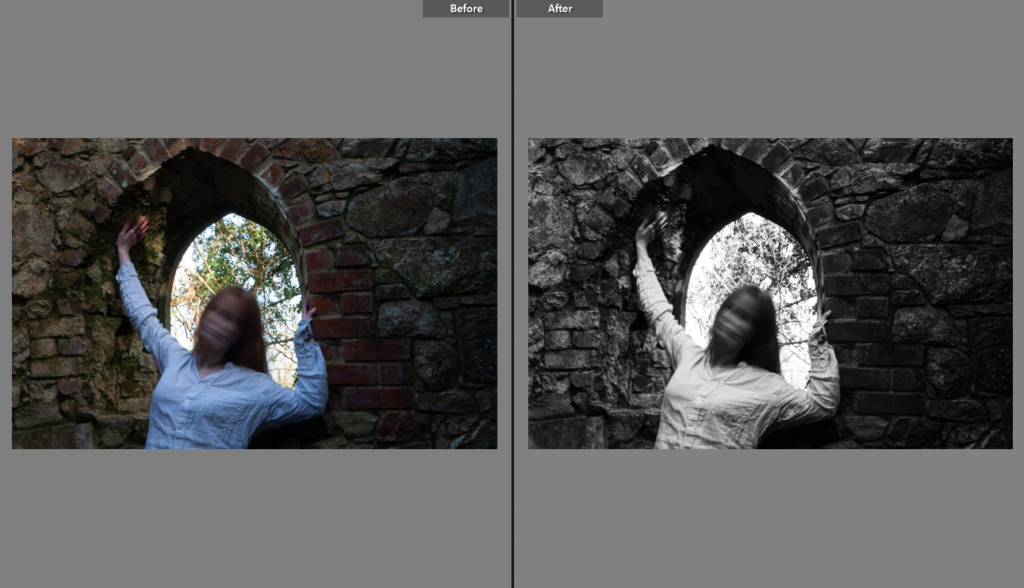

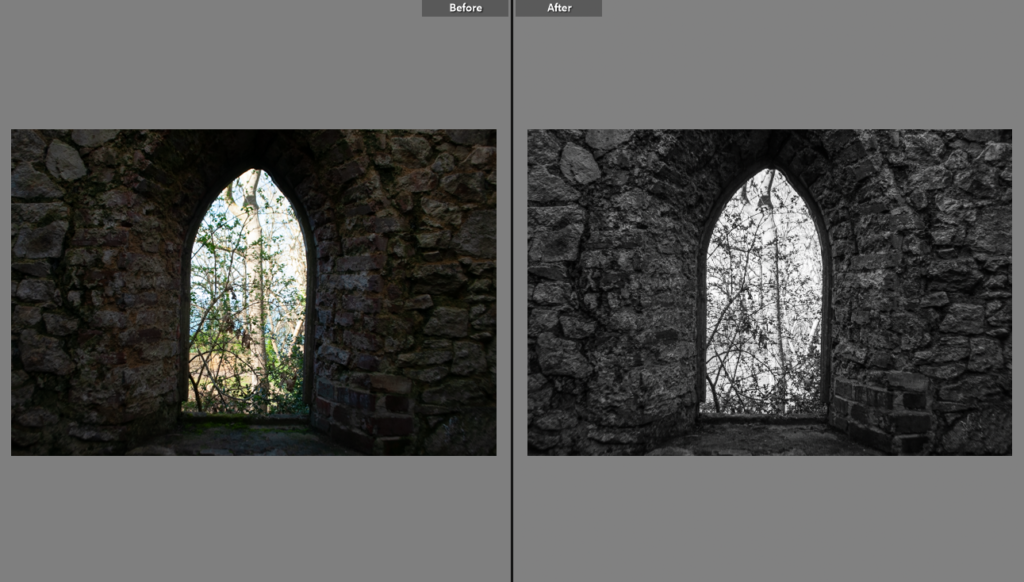
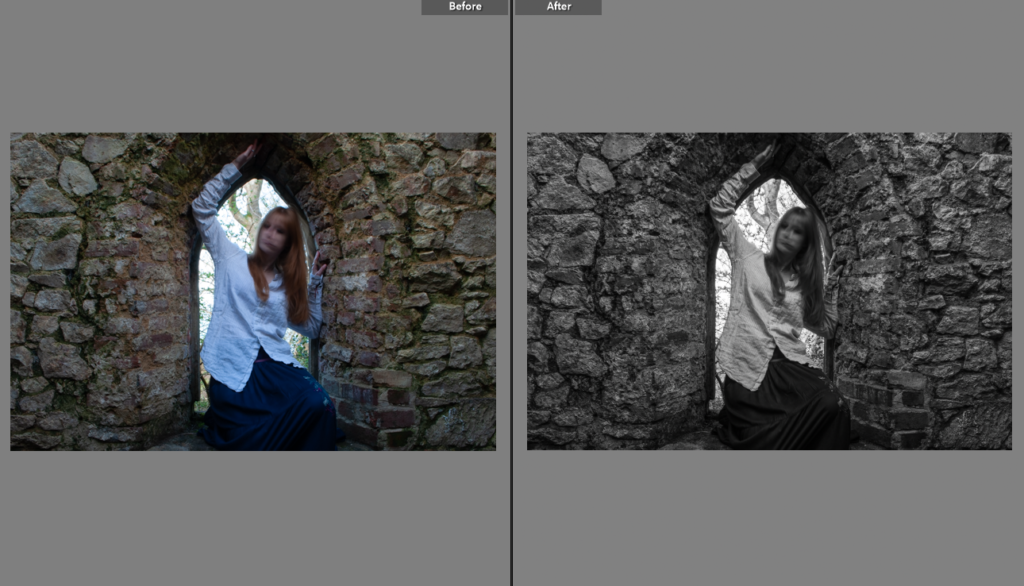
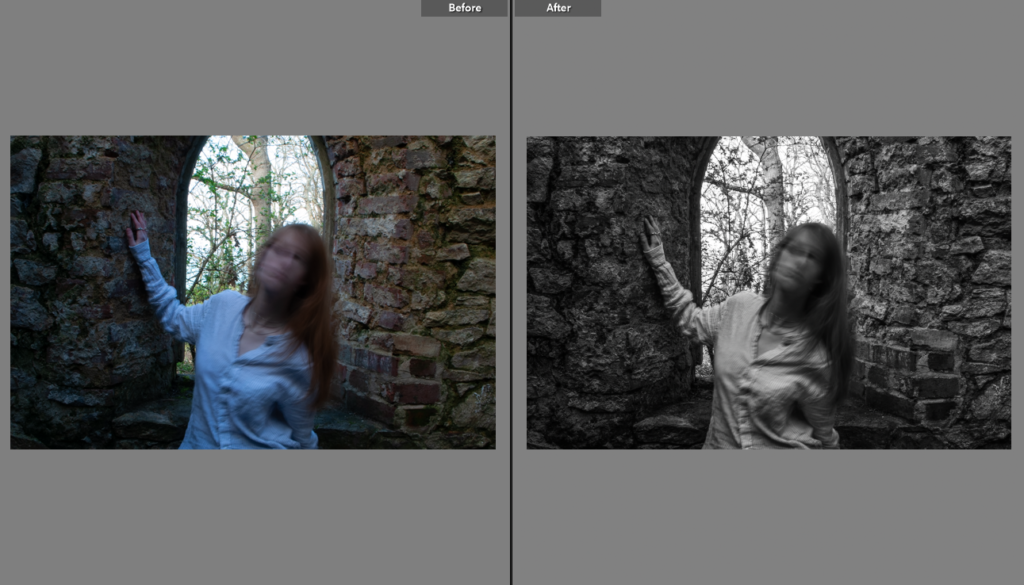
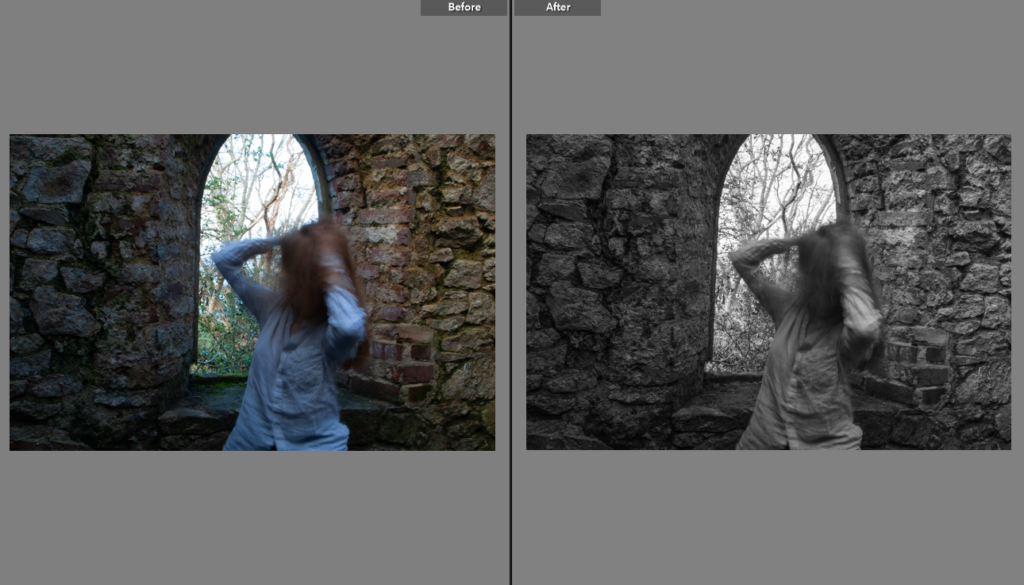
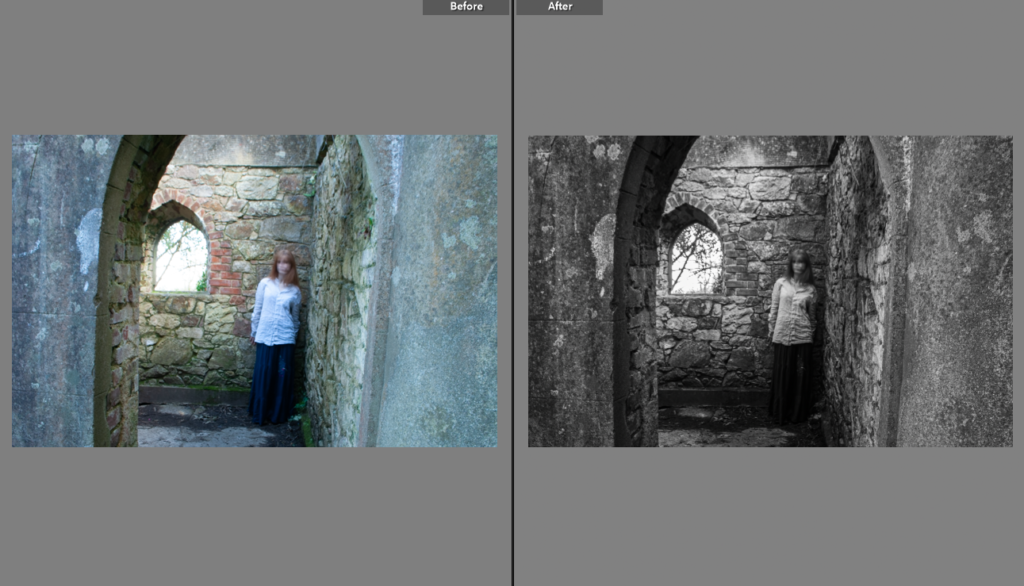

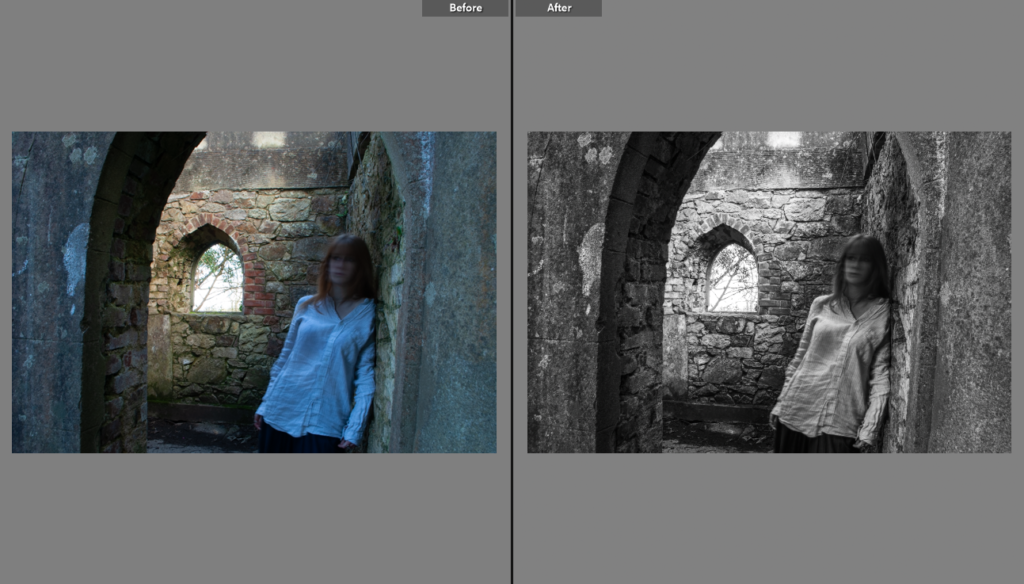
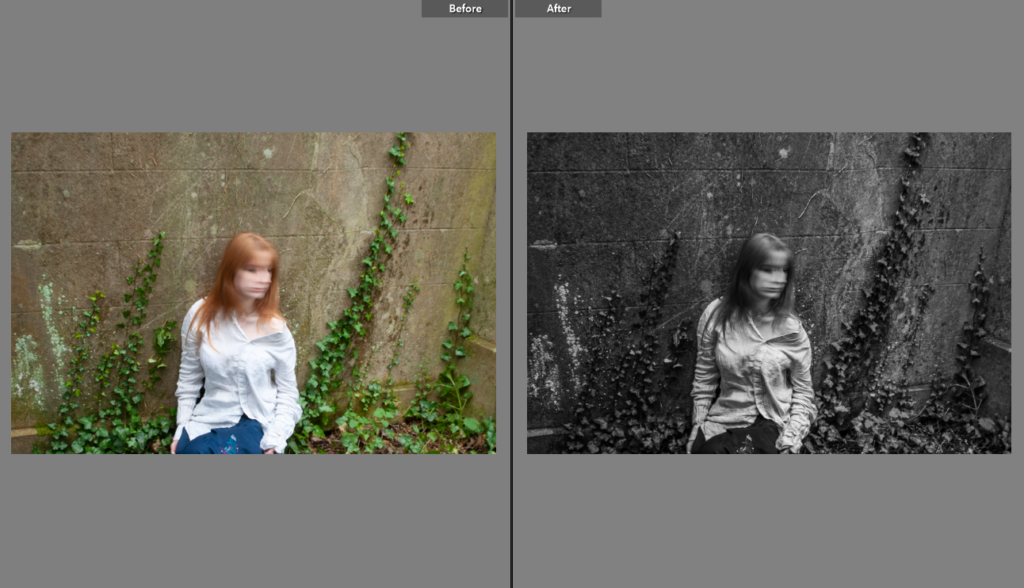
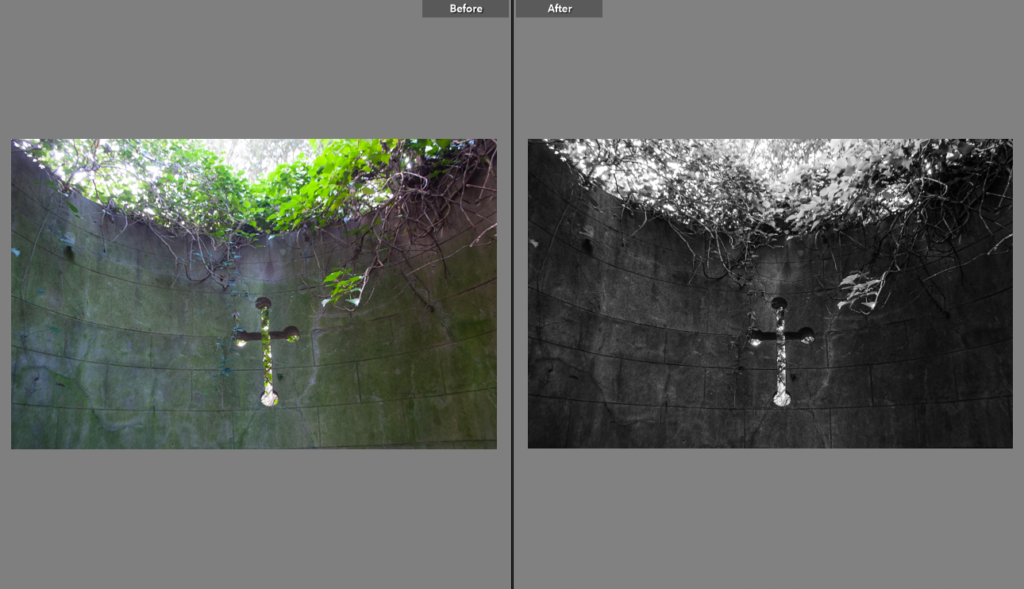
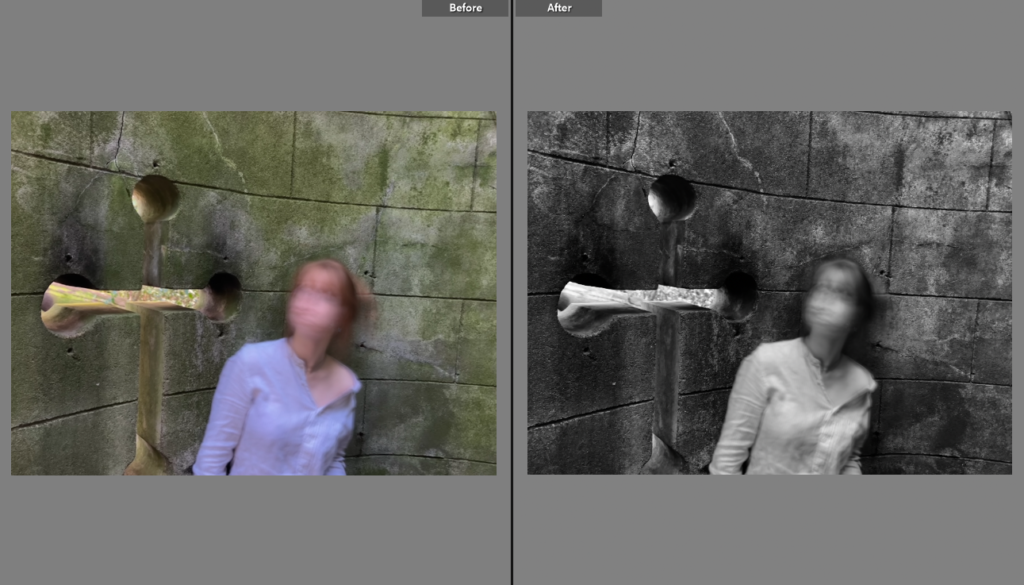
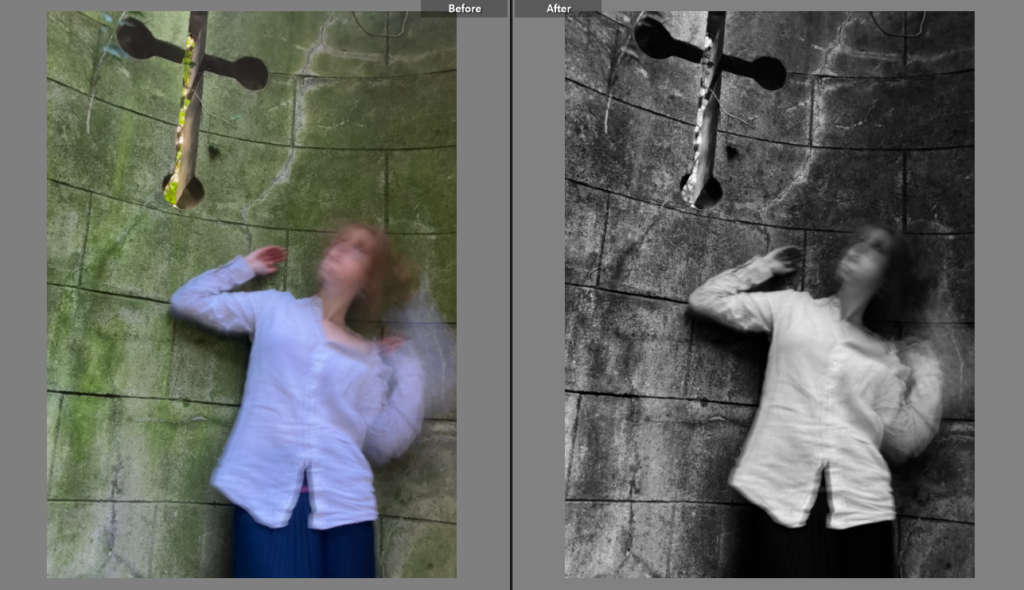
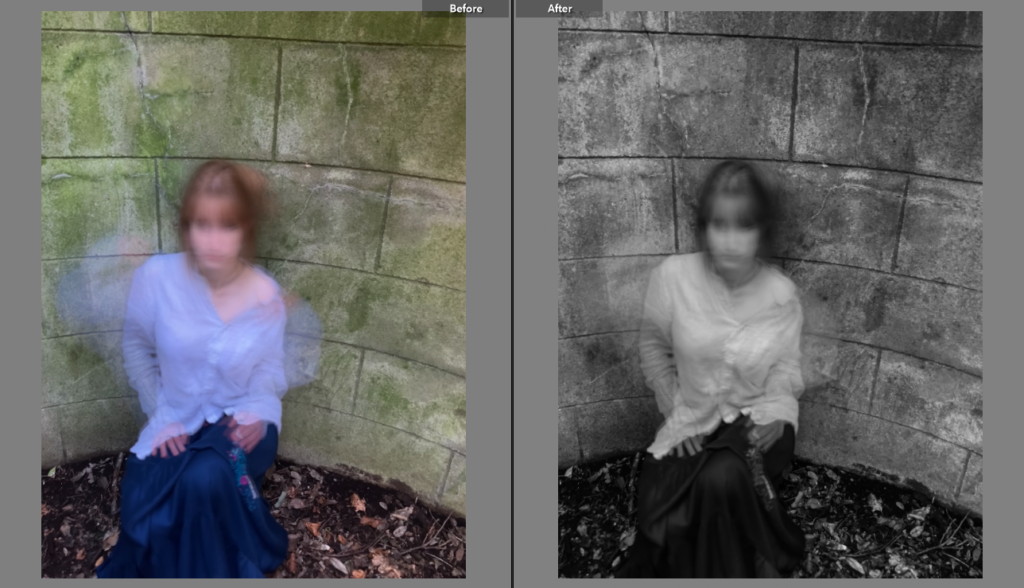
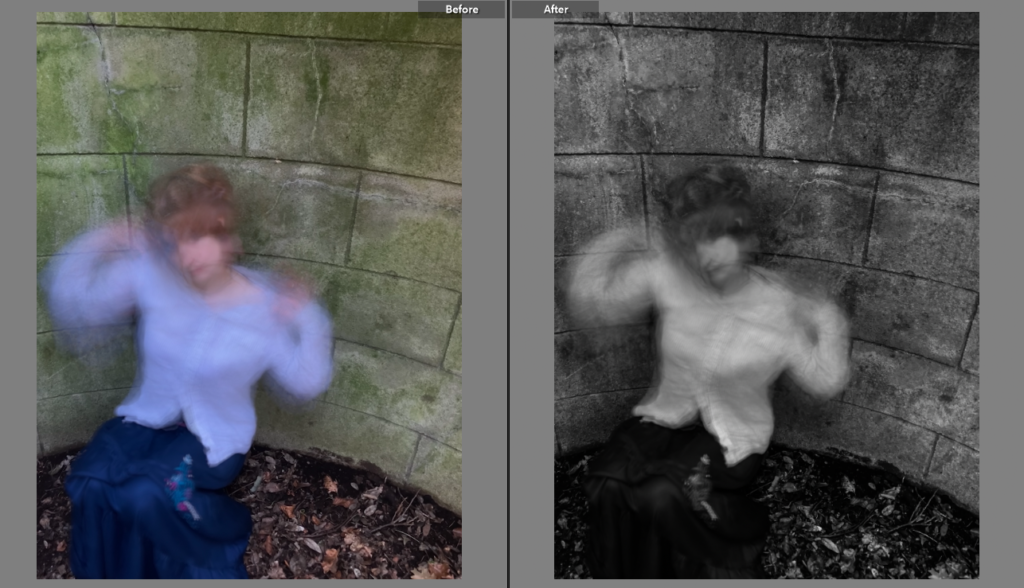
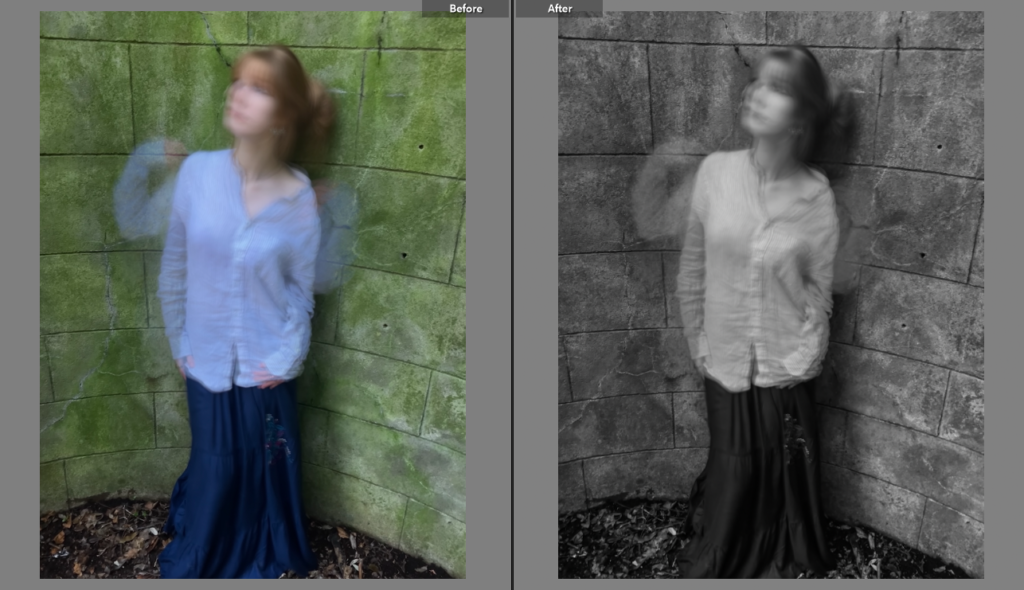
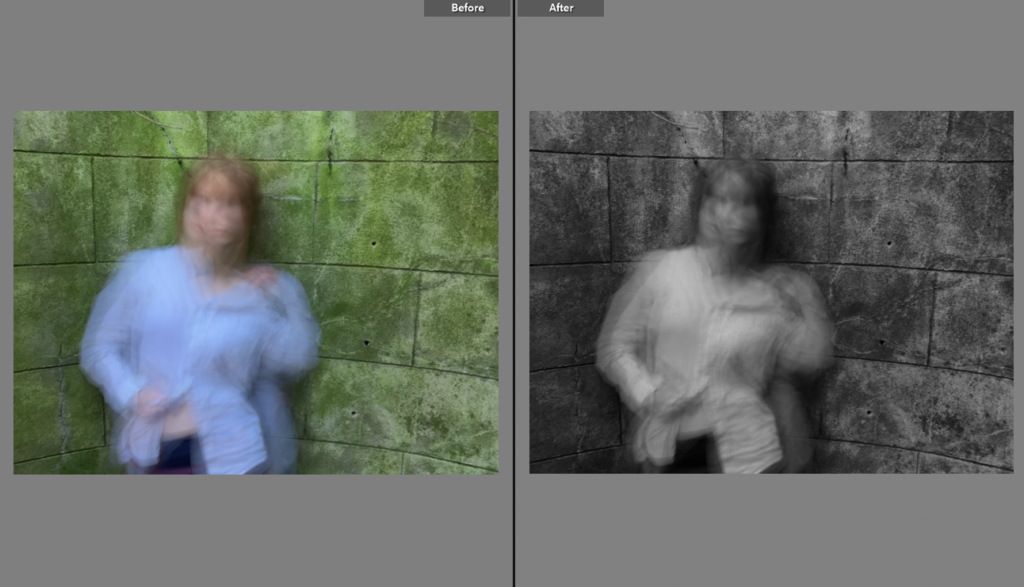
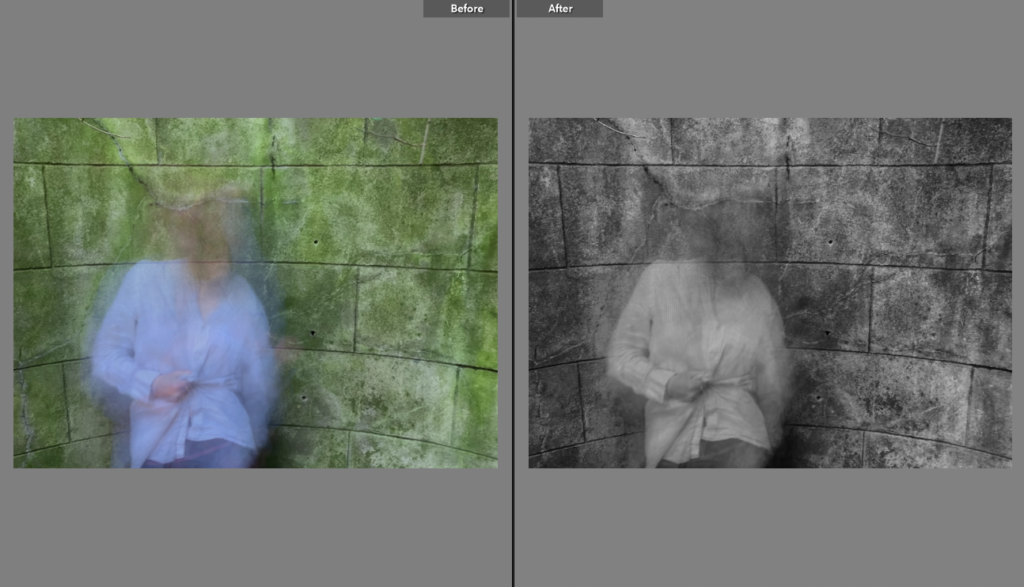

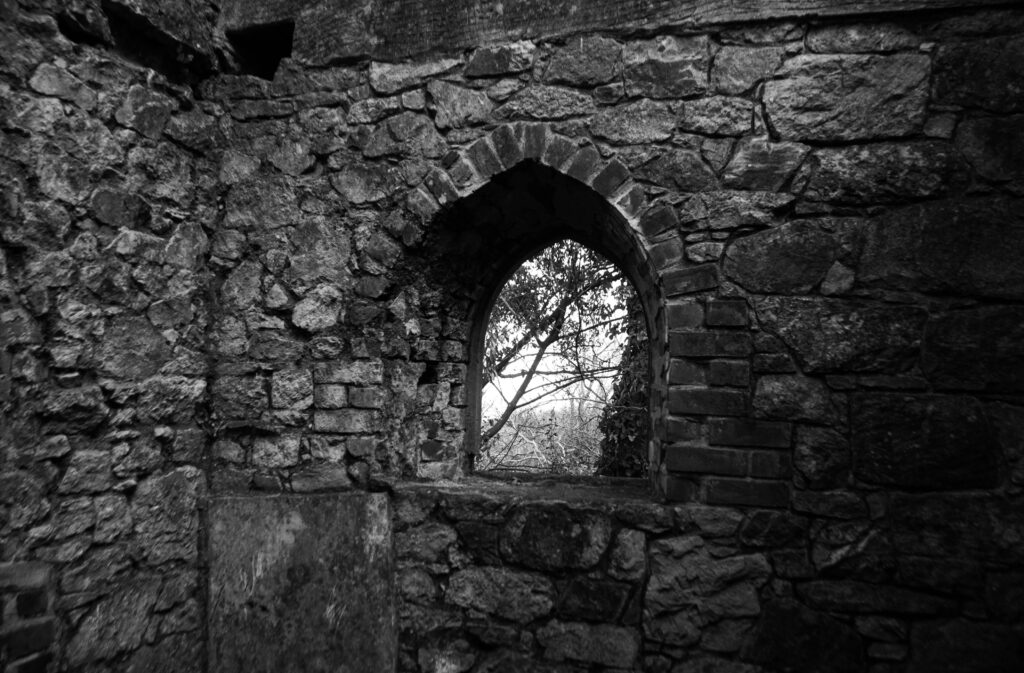
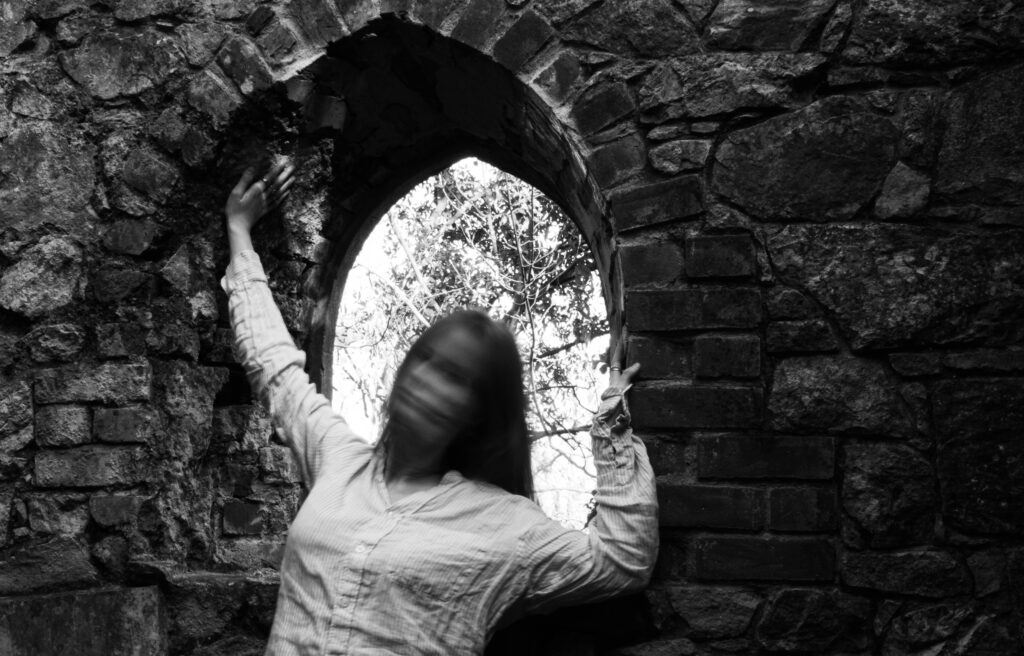
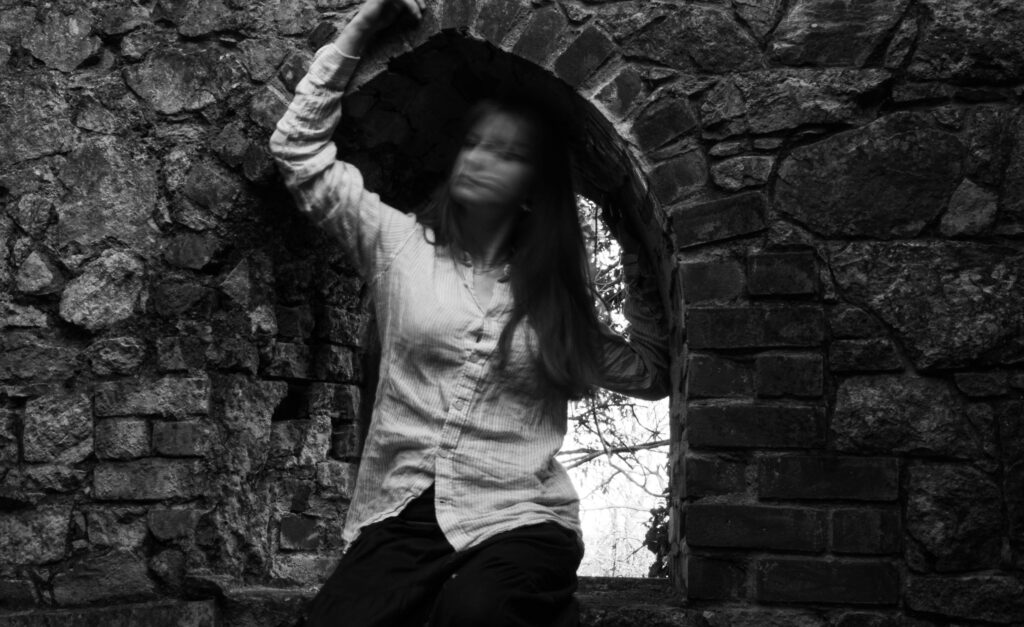
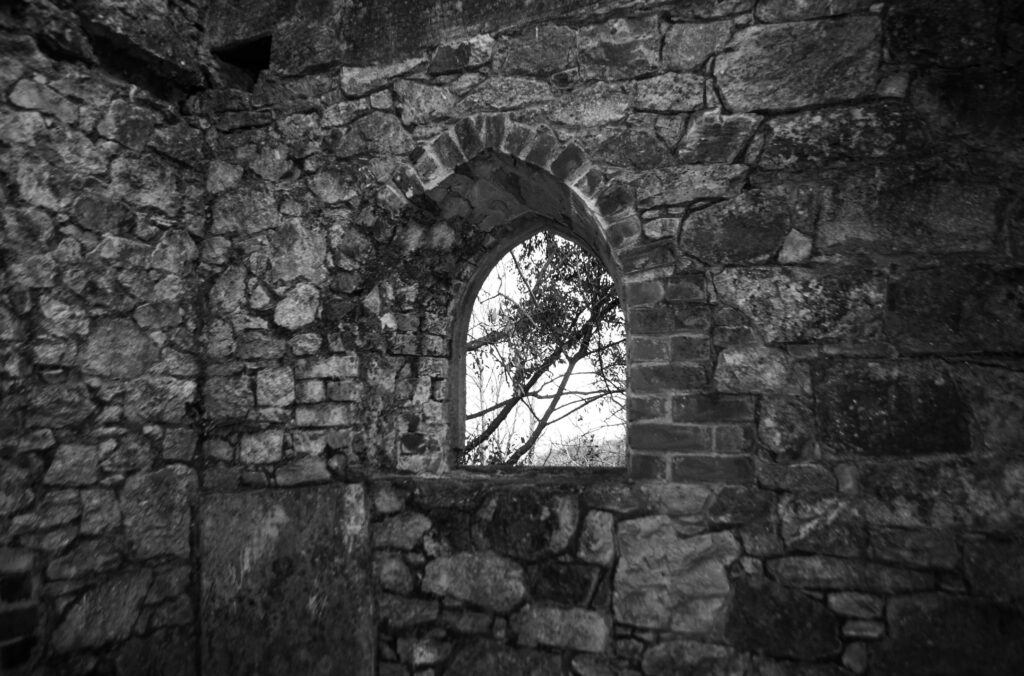

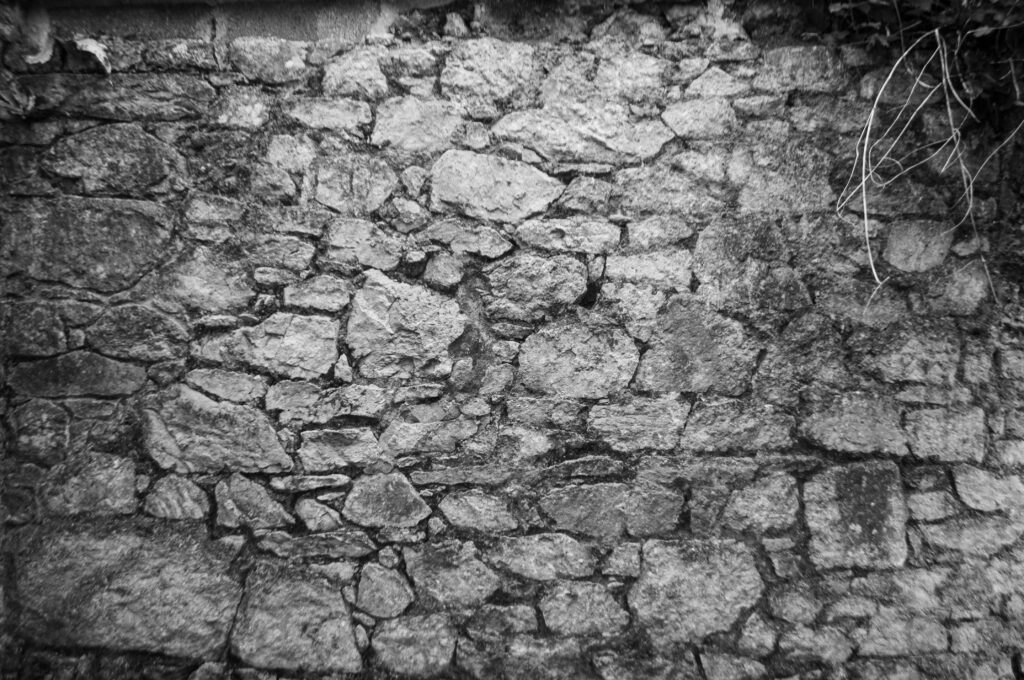
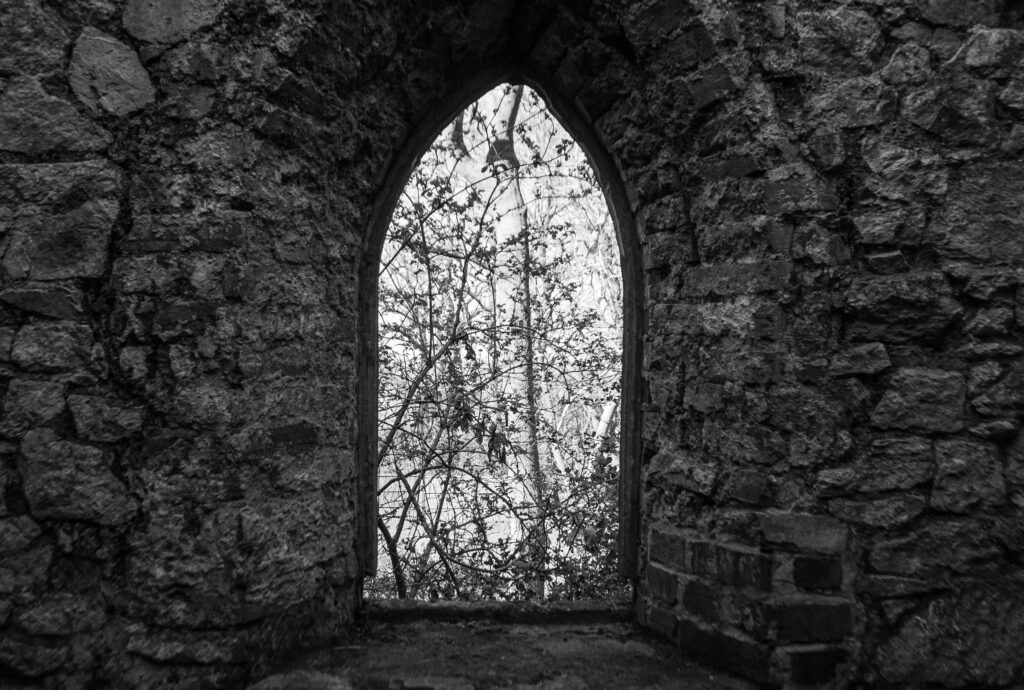
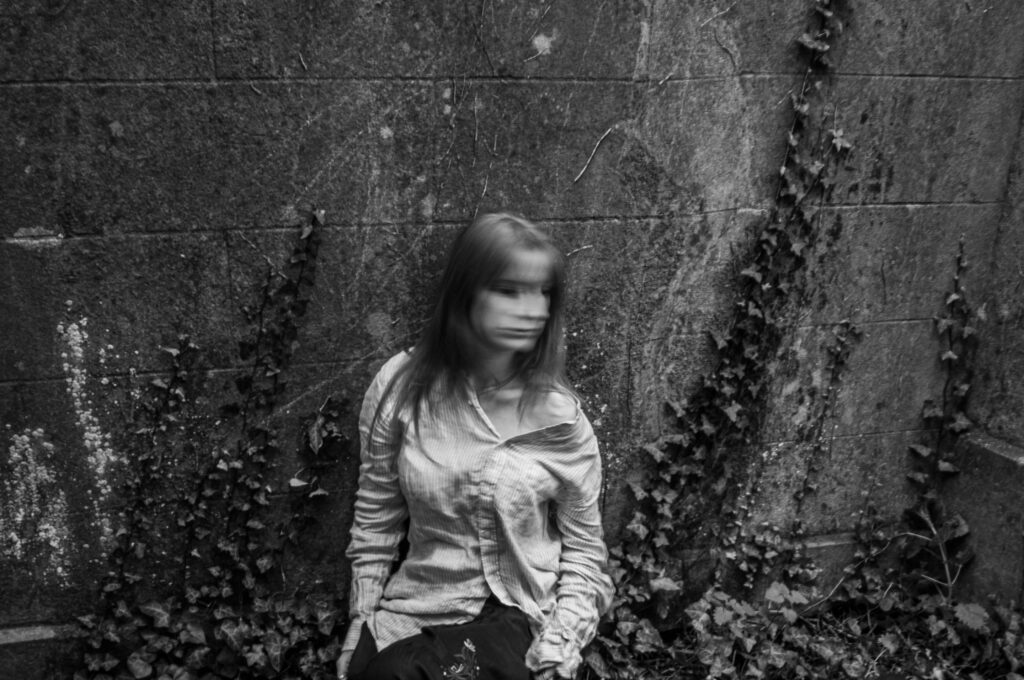

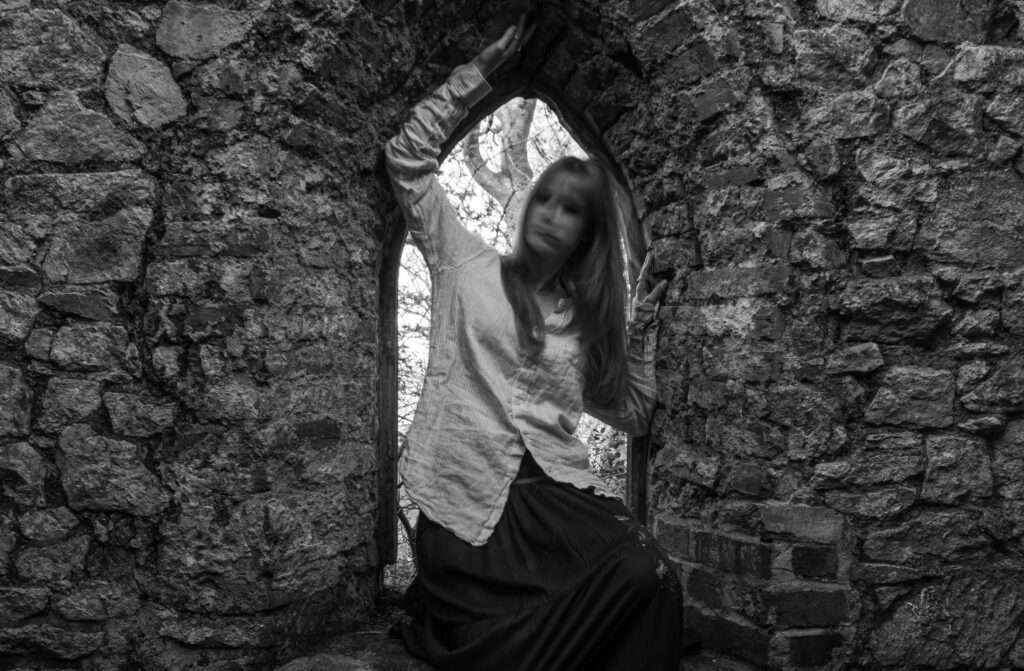

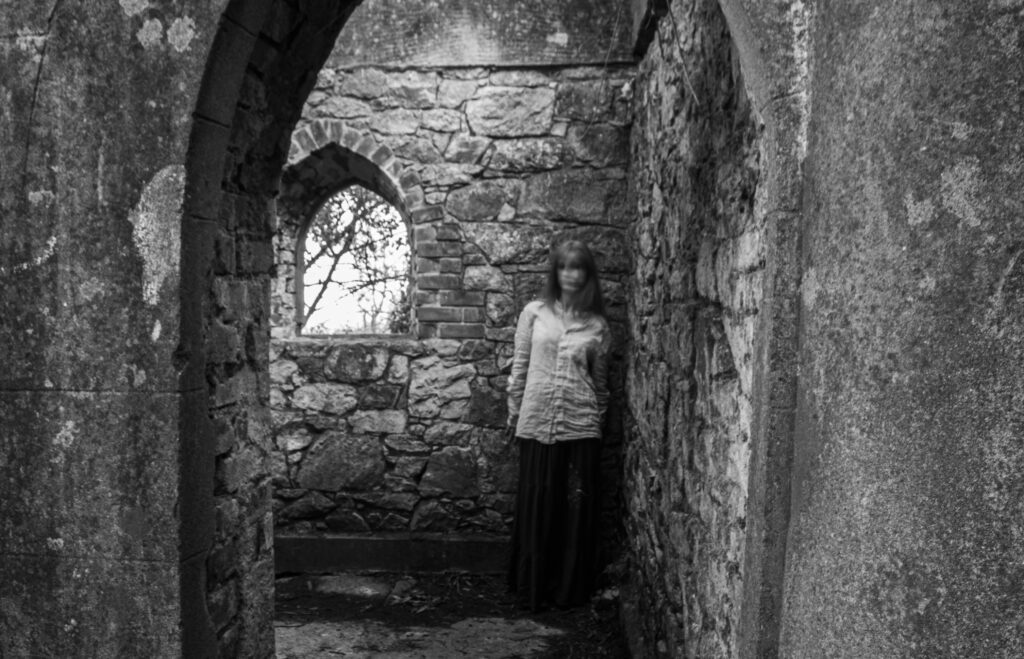
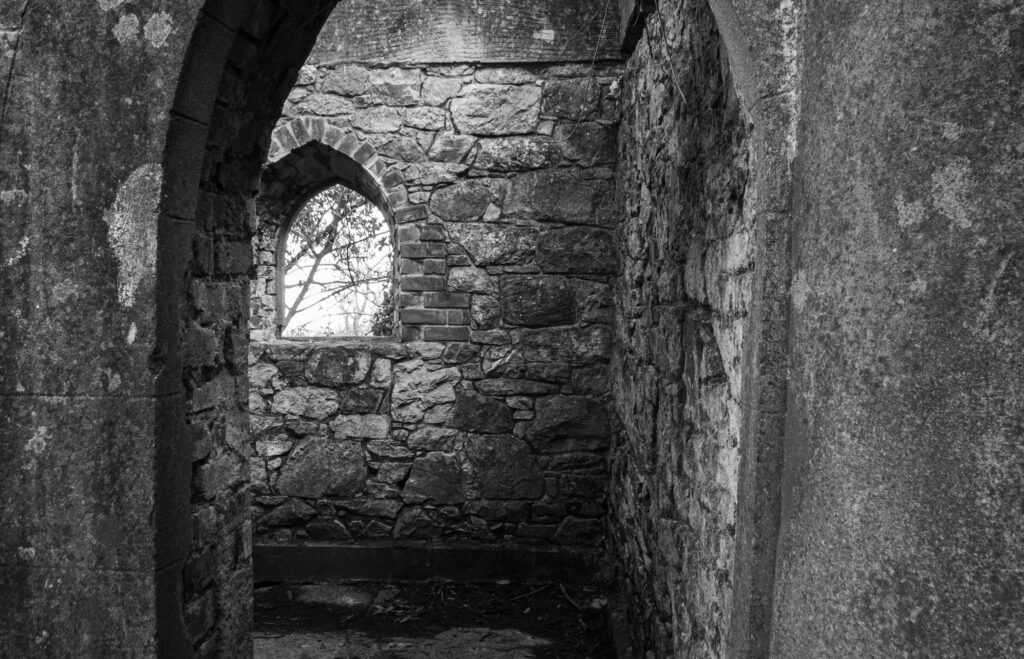

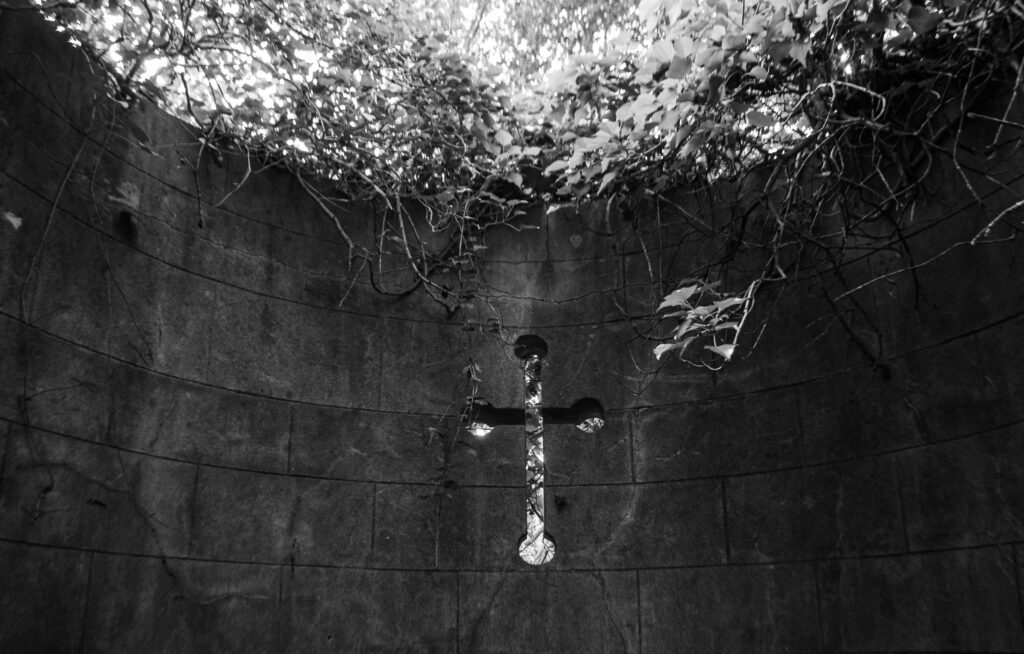


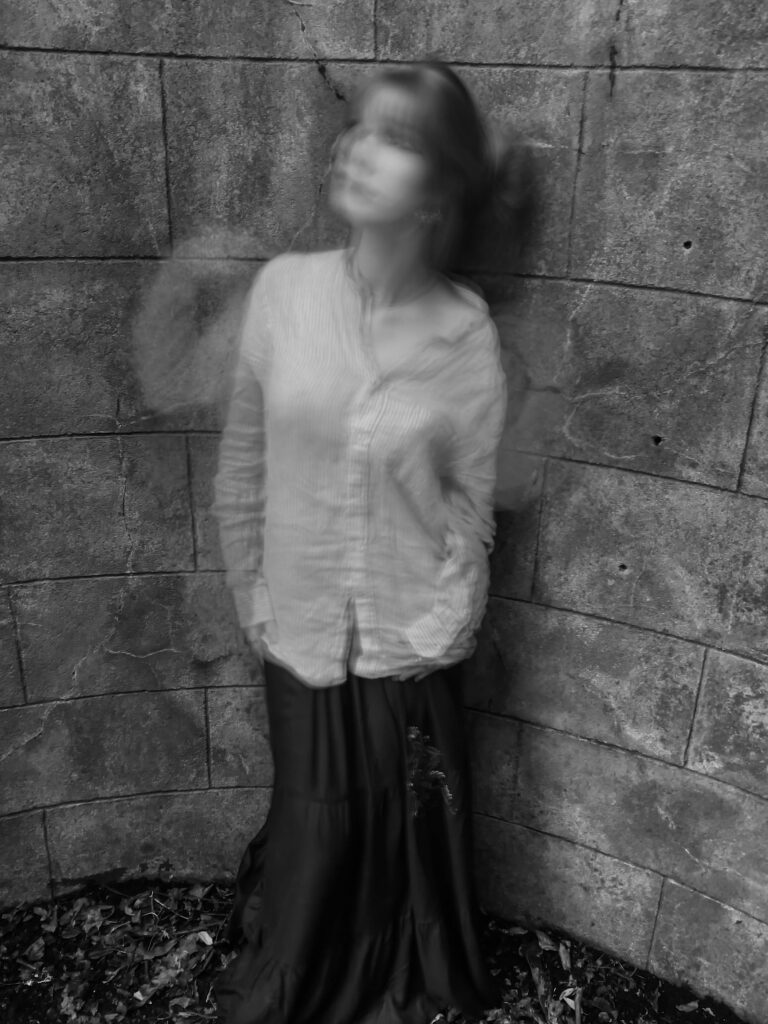

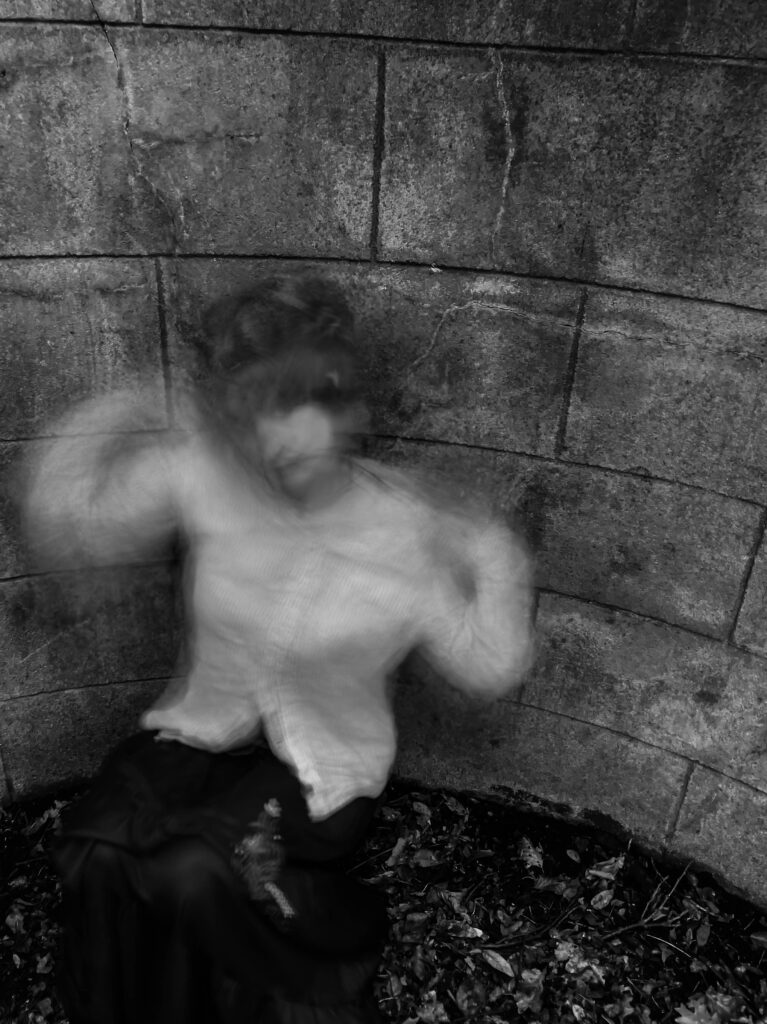
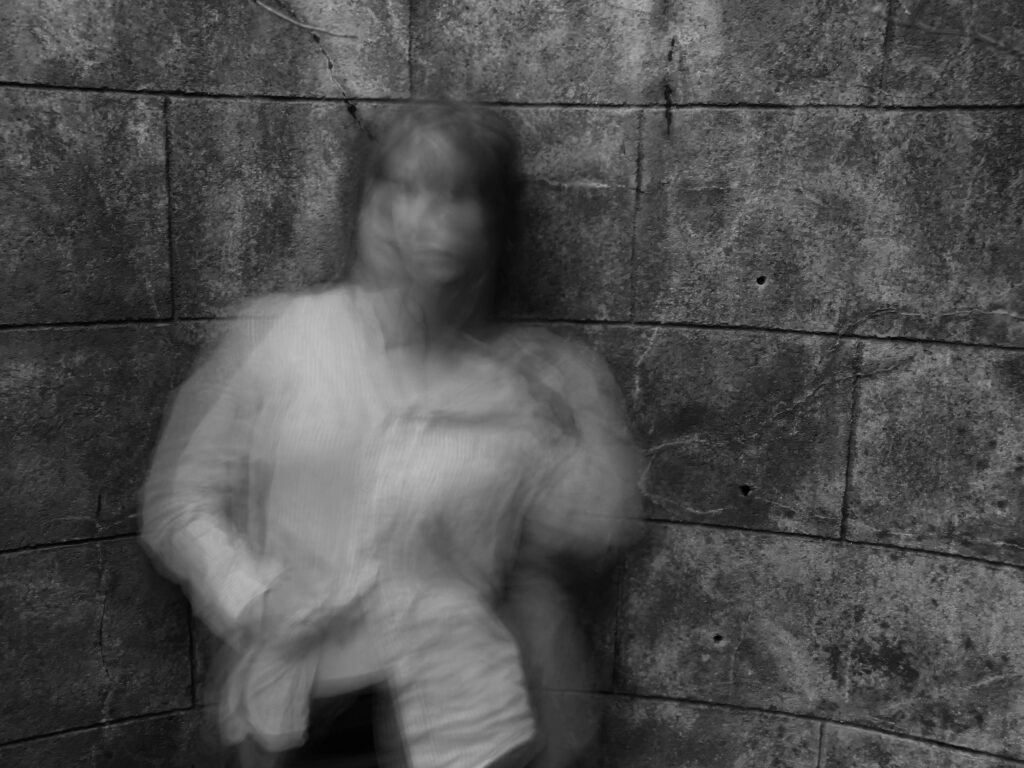
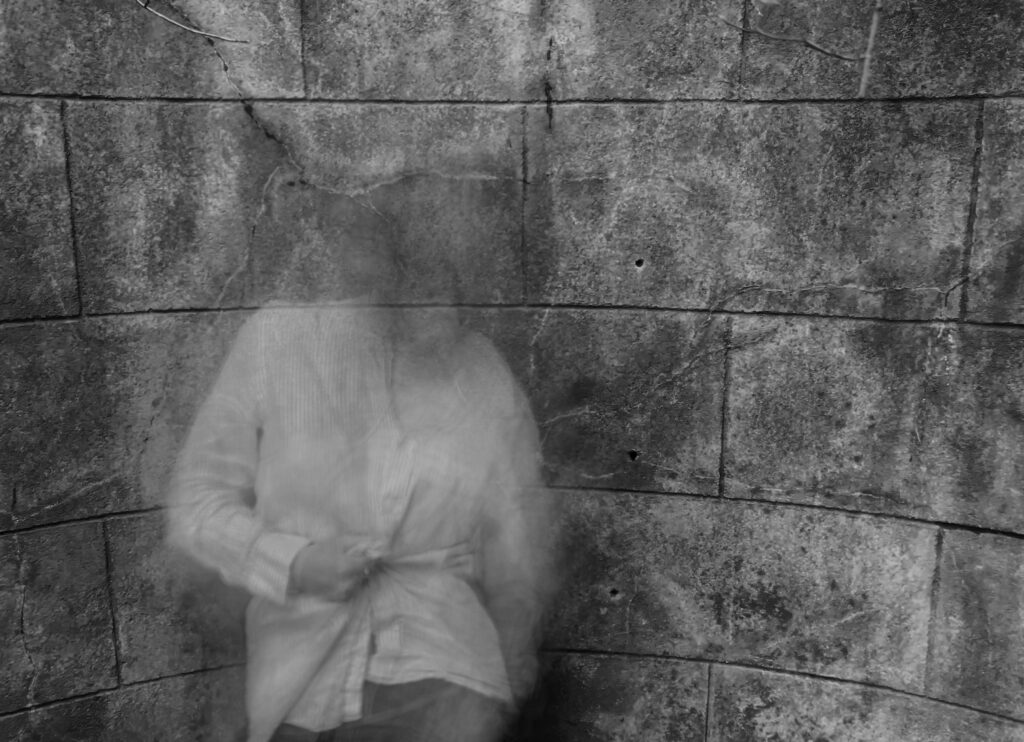
I think the editing was effective, since it improved the quality of the images as well as made them much more similar to my inspiration, Francesca Woodman. The increasing of the contrast made the details of the blurring stand out, emphasising the multiple exposures present in the photos.
green- will edit, yellow- might decide to edit (if more edits are needed), red- won’t edit
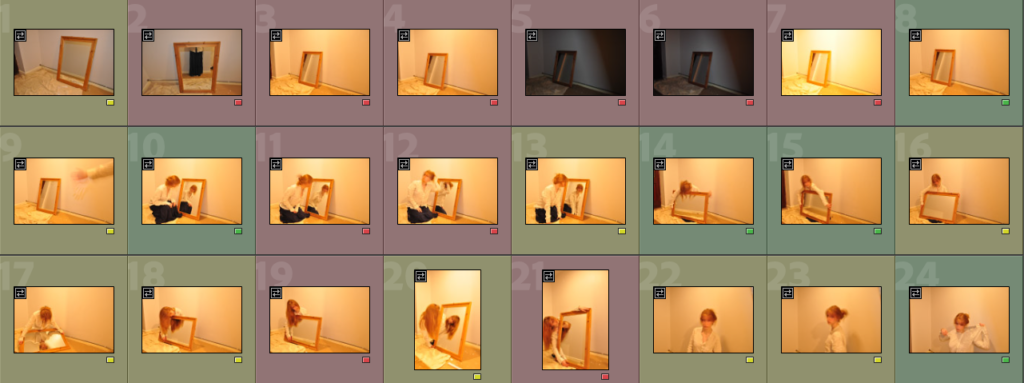


I made every picture black and white, lowered the temperature and exposure, creating a gloomier mood. I enhanced the contrast of the images by changing the contrast, highlights and shadows as well as increasing the texture and clarity of the photographs.
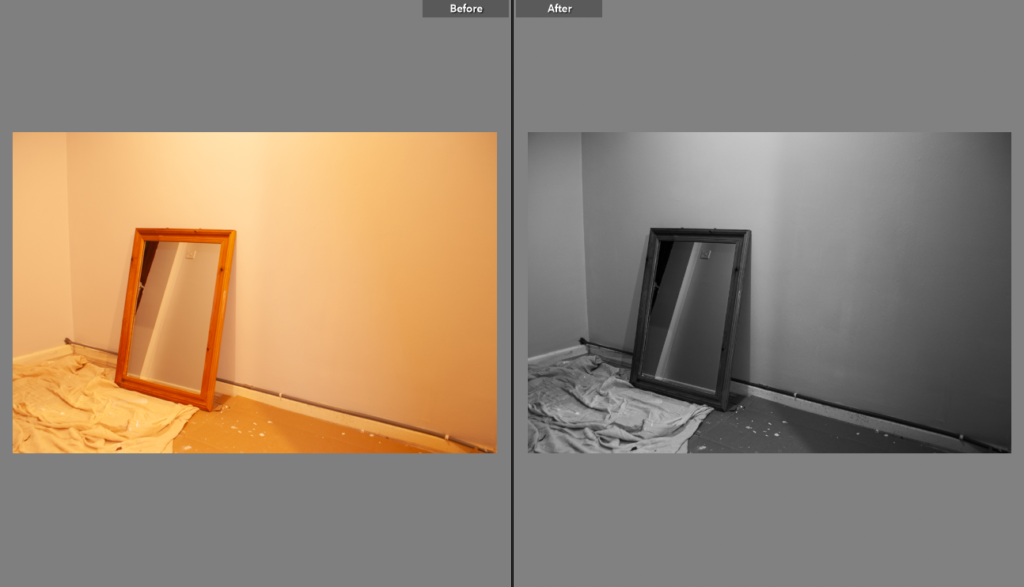
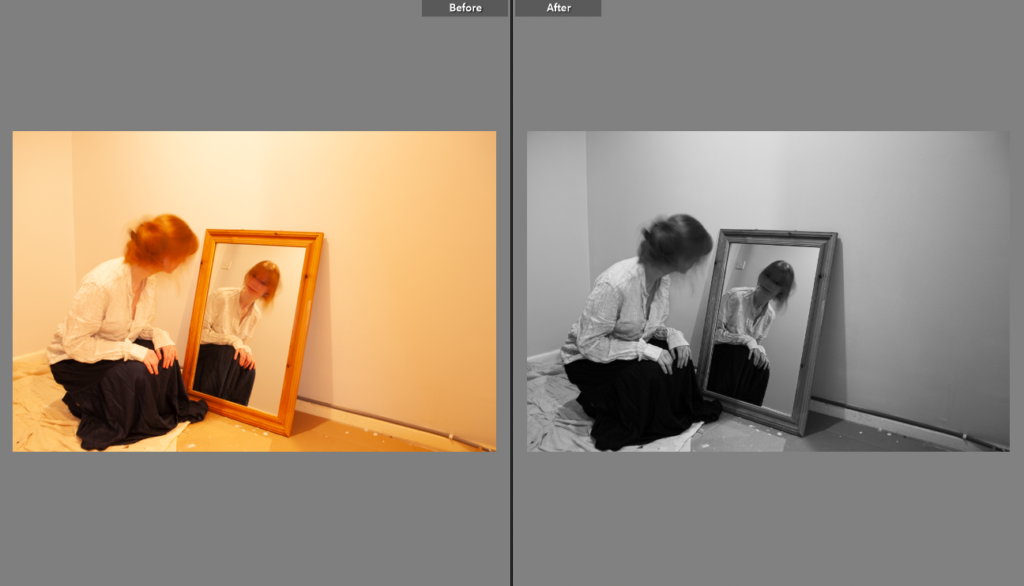
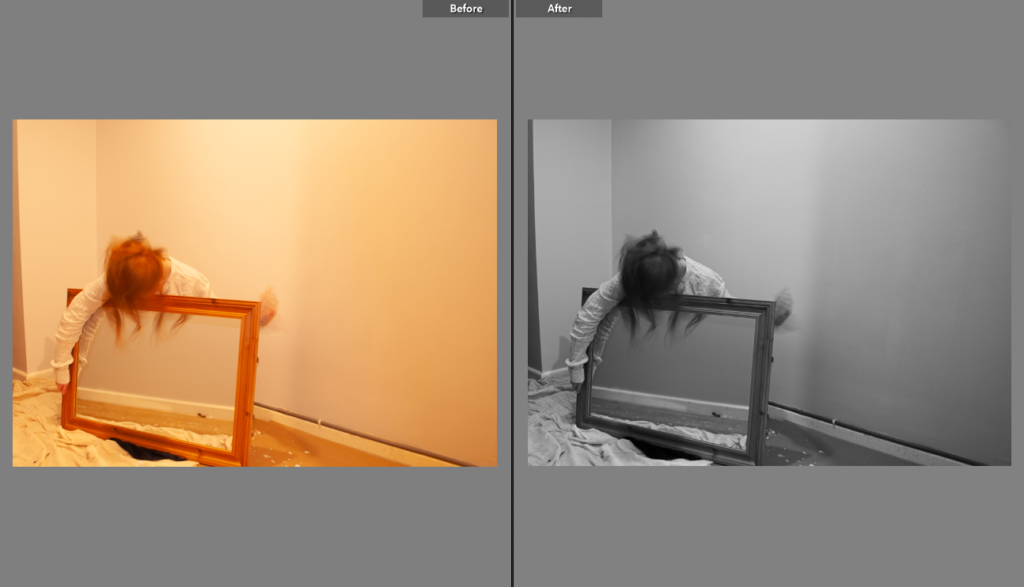

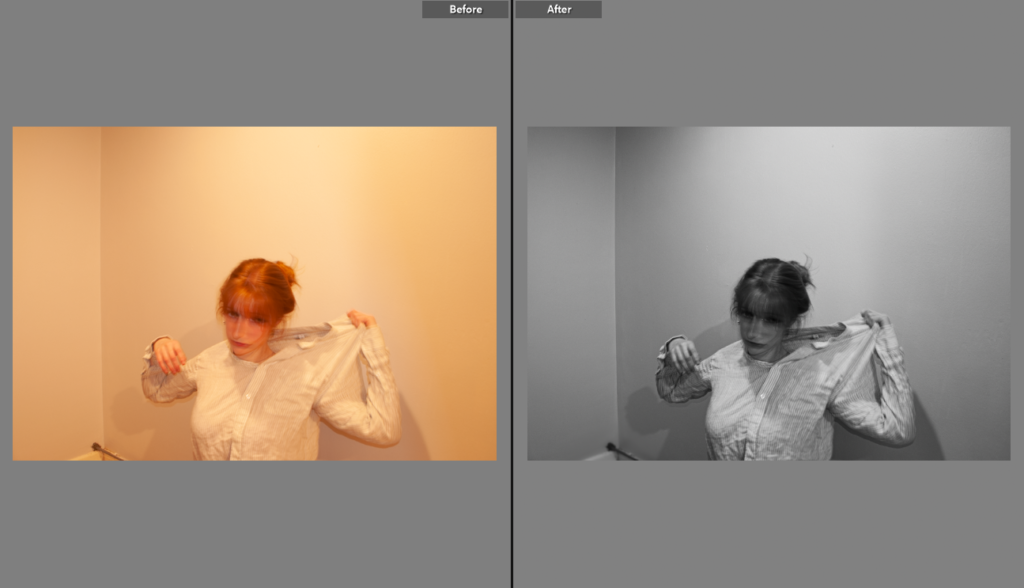
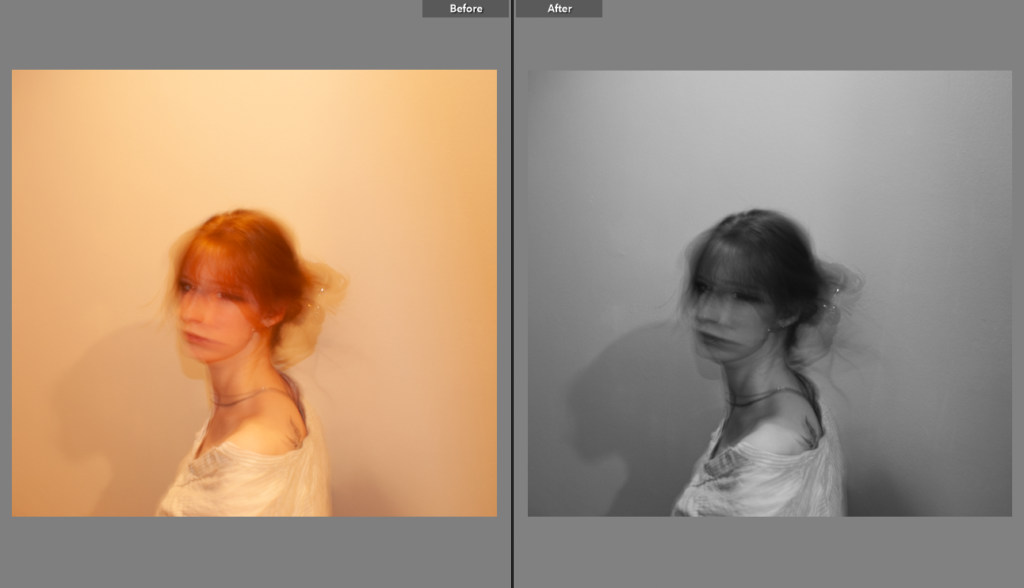
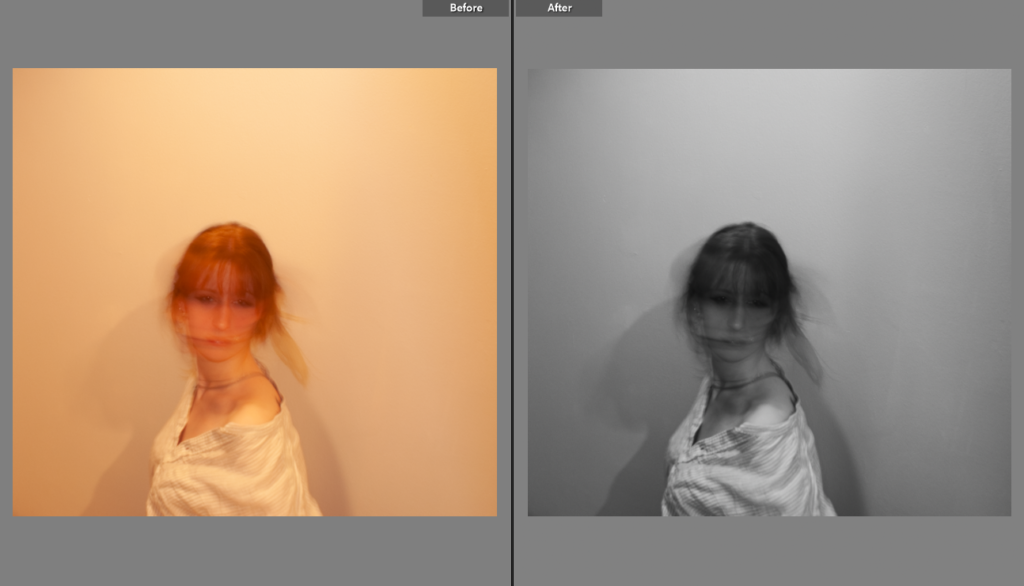
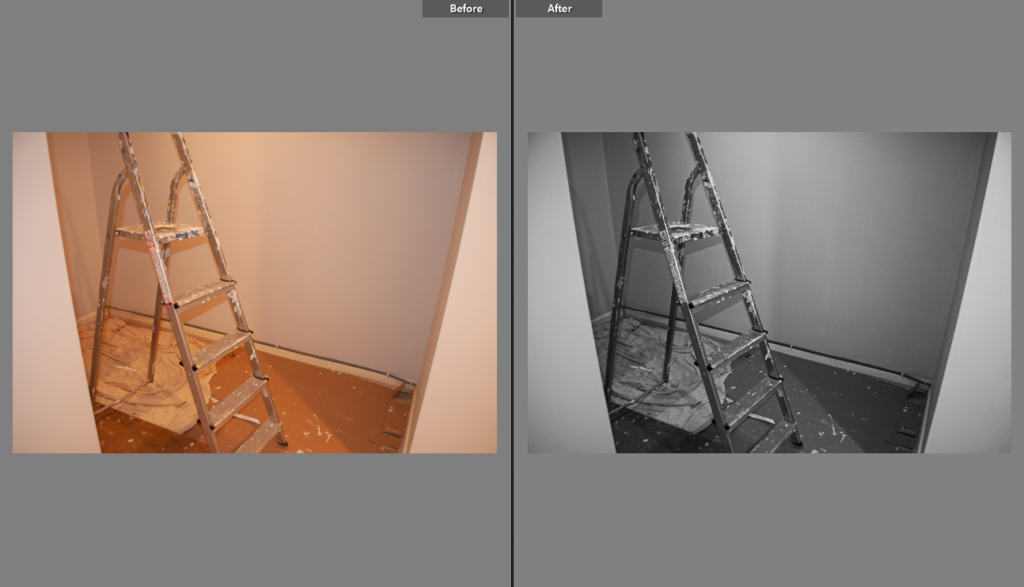
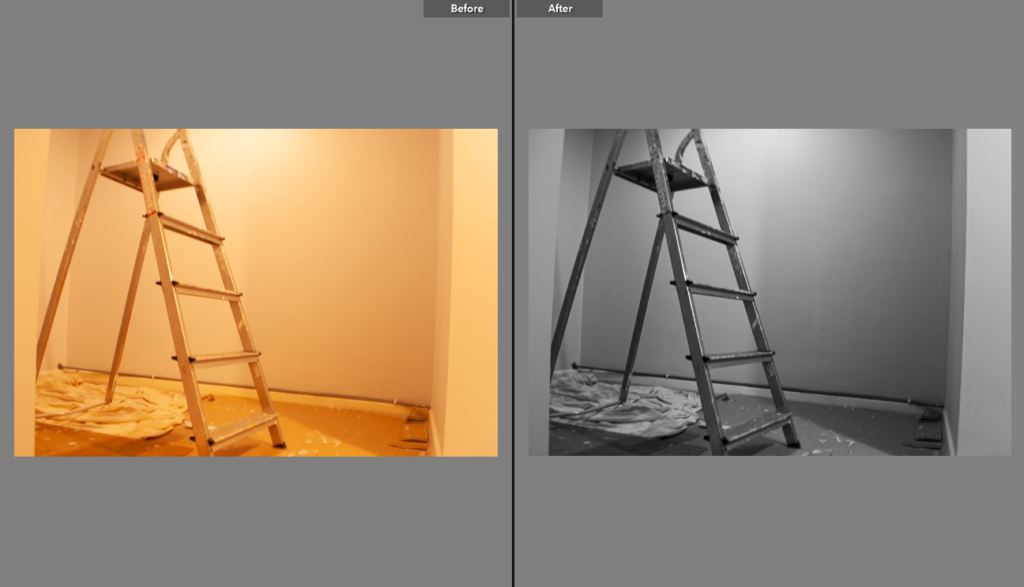
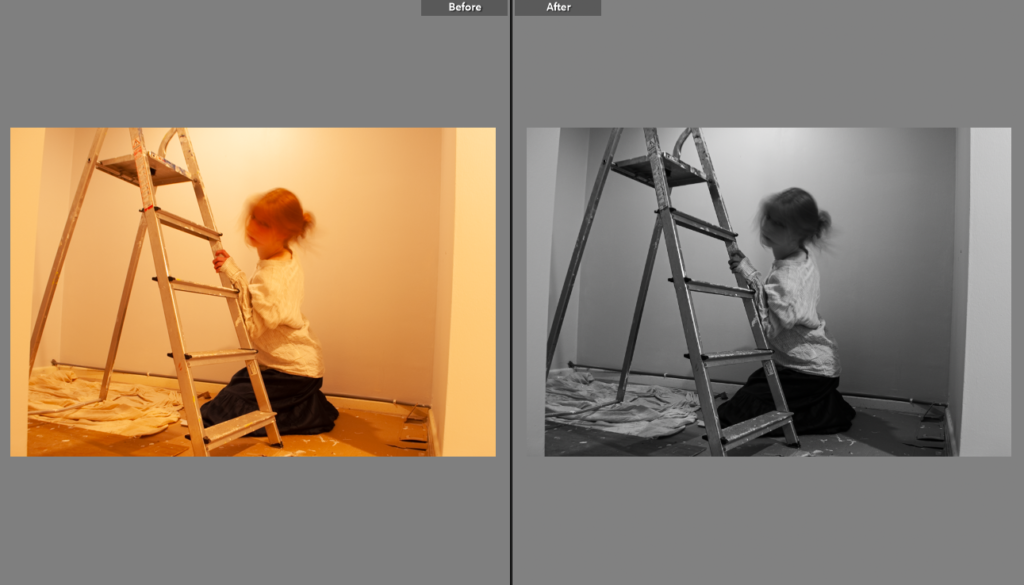


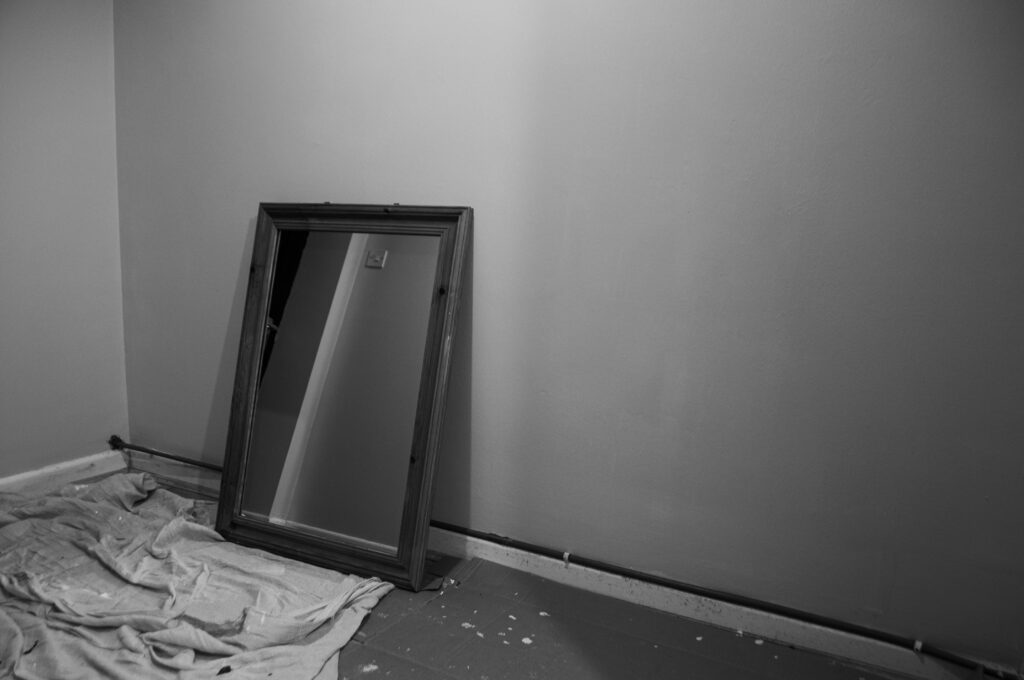

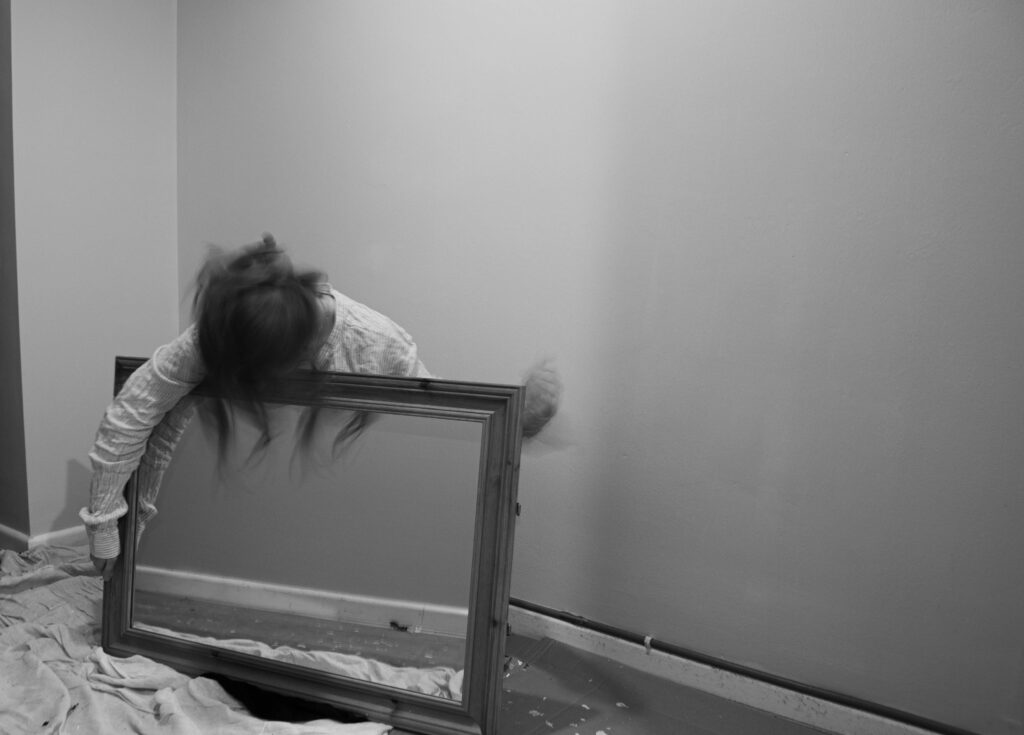
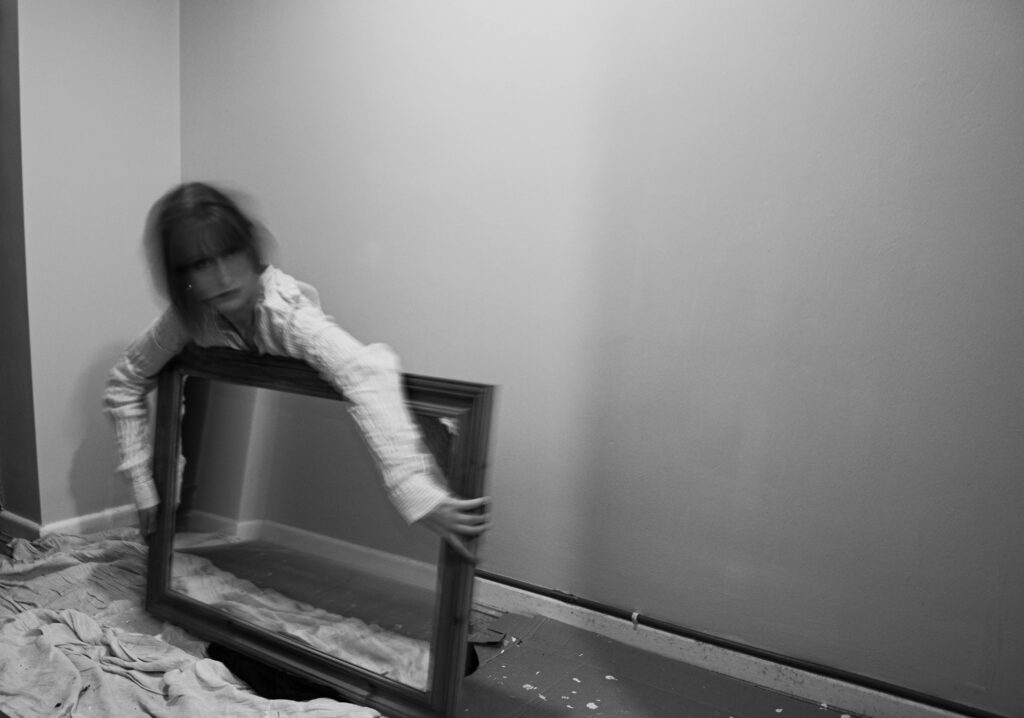
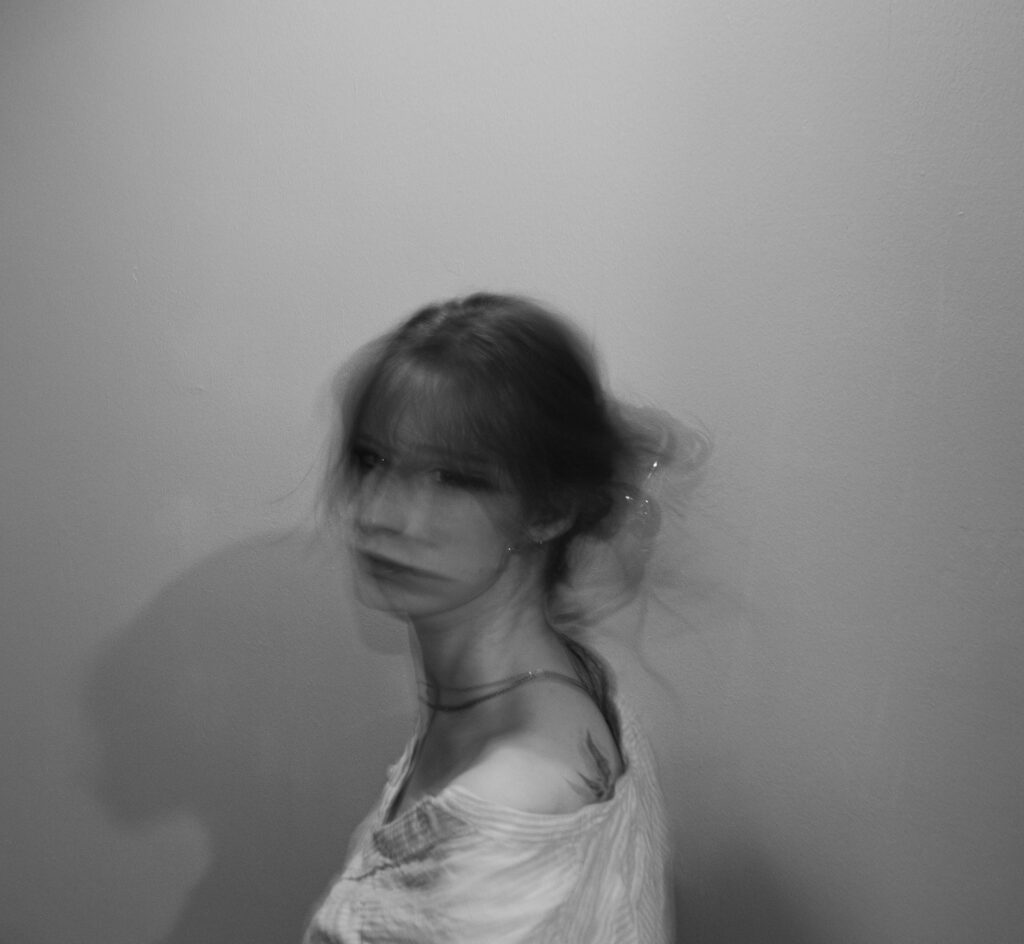
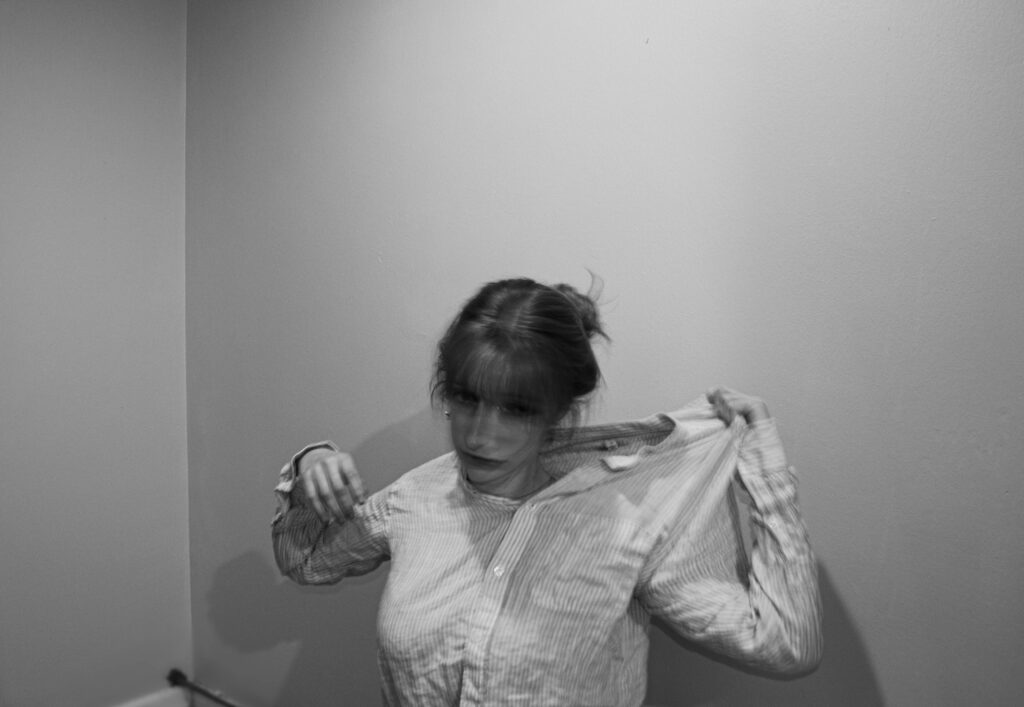
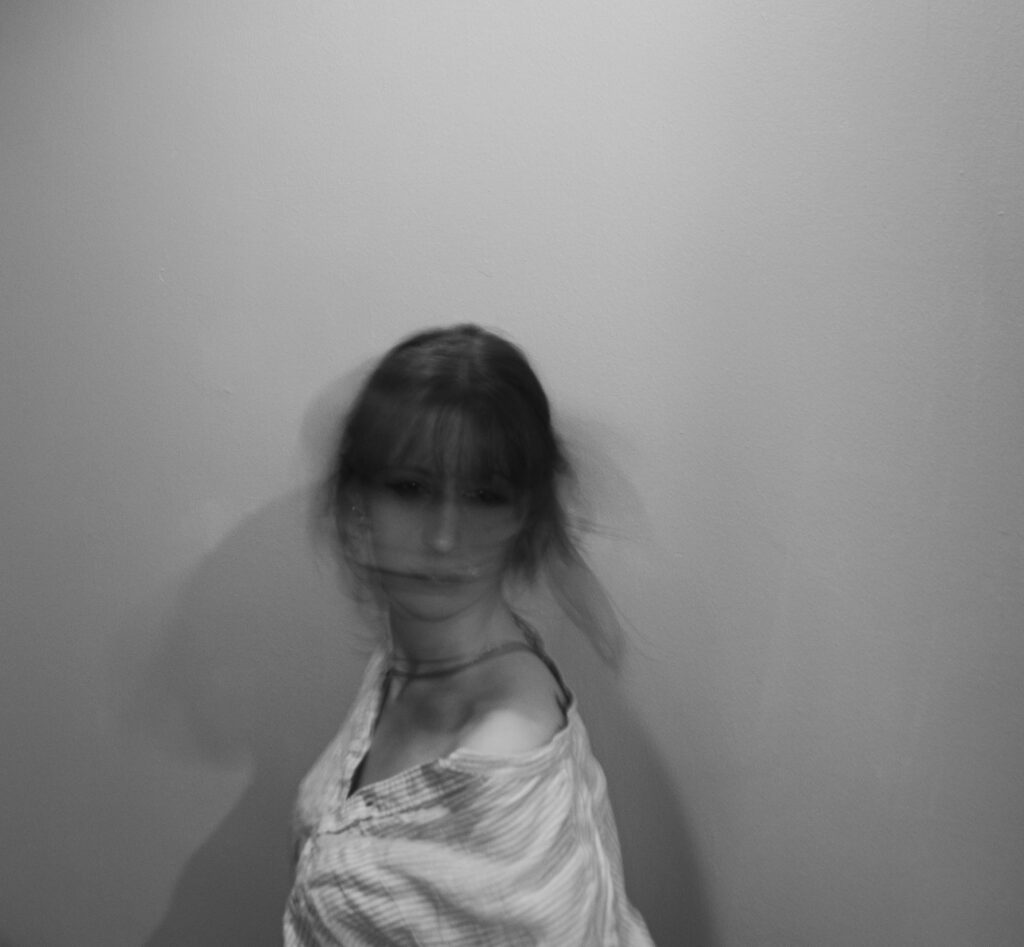
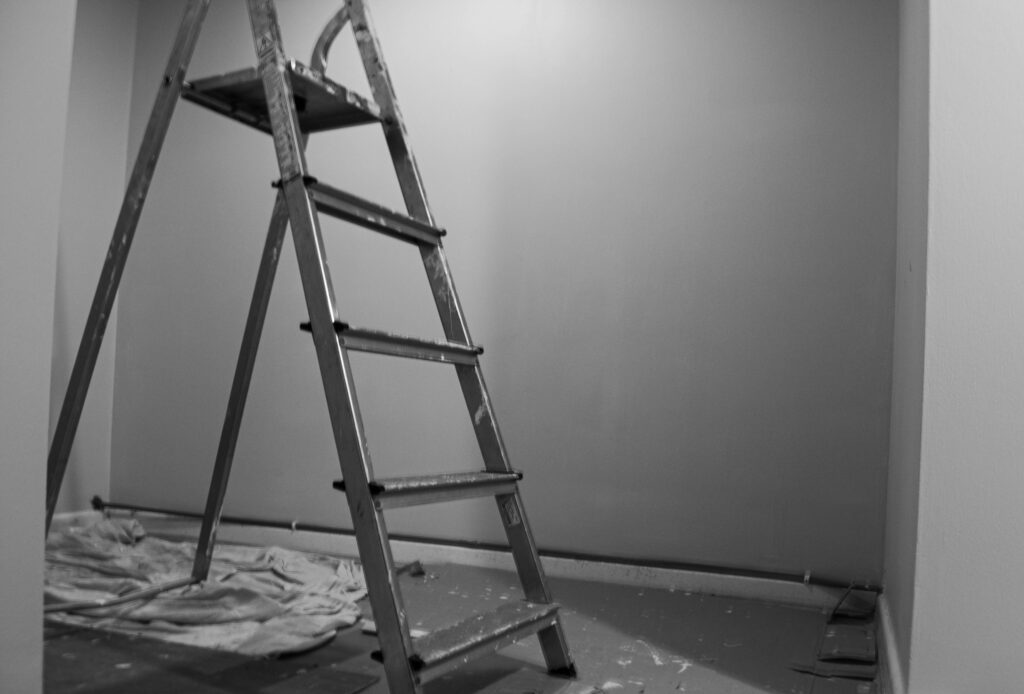
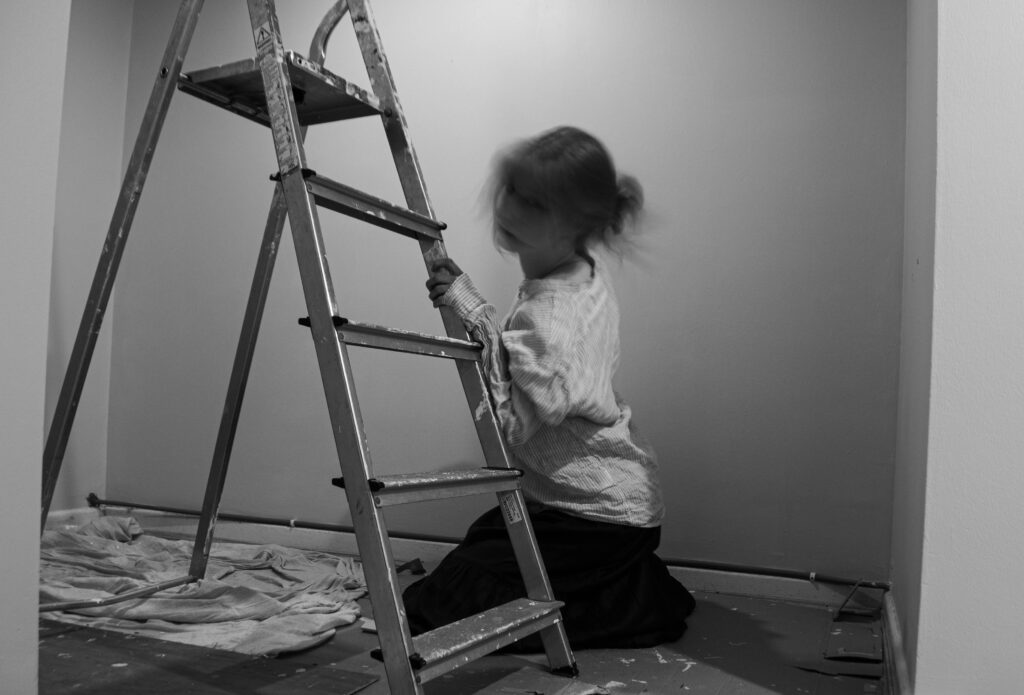


I think the editing was very effective, since it improved the quality of the images as well as made them much more similar to my inspiration, Francesca Woodman. The increasing of the contrast made the details stand out even more which caused the pictures to gain more grain and texture.
For my second photoshoot, I took pictures in small towers, located in a wood in Trinity. I used the rough walls as background, photographing the place with me and without me, similarly to my first photoshoot.



These are the photos I believe are the strongest, in terms of composition and fitting in with my project. They are the photos in which the interaction between the environment and me is most natural, which is something Woodman always manages to achieve. These are mostly likely the raws I will be editing into black and white.






















For my first photoshoot, I decided to take pictures at home. I wanted a simple wall as the backsdrop with some bigger and smaller components to act as props around me. I took both self- portraits as well as photos of the room itself, showing a contrast between place and person.
I think this photoshoot links in with the theme by producing an indirect observation of my thoughts and feelings- linking to hysteria through the unnerving vibe of the photographs. It also challenges the stereotypical views of femininity and mental illness, openly showing feelings that tend to be hidden.


These are the photos I believe are the strongest, in terms of composition and fitting in with my project. These are mostly likely the raws I will be editing into black and white, and cropping them to improve the composition (e.g: cropping out the door frame present in some shots).











who: The photos will be of me, linking to femininity and hysteria.
what: I will also take pictures of the room/ props as I want to take images without me too, creating a more emphasised contrast between me interacting with my environment and the environment without me.
where: I will be completing my first photoshoot at home, downstairs in my corridor (currently being painted therefore having similarities with the bare rooms Woodman tends to pose in.
when: I will complete this photoshoot at any time, as it is inside so weather has no effect.
how: I will use a digital camera and a slow shutter speed, causing the photos to have a double exposure, much like Woodman’s images, creating a disturbing mood within the pictures.
who: The photos will be of me, linking to femininity and hysteria.
what: I will also take pictures of the walls, windows as I want to take images without me too, creating a more emphasised contrast between me interacting with my environment and the environment without me.
where: I will be going to a wood in Trinity, where two abandoned towers are situated, creating an interesting backdrop.
when: I will complete this photoshoot on a bright day, so that enough lighting hits the forest floor beneath the trees.
how: I will use a digital camera and a slow shutter speed, causing the photos to have a double exposure, much like Woodman’s images, creating a disturbing mood within the pictures.
He is a photograher who captures detailed images of abandoned locations and buildings- especially ones with great historical significance. His aim is to rediscover our forgotten heritage through the mean of photographic storytelling. This fascination of his turned into a seven year long project called ‘Forgotten Heritage’. His work takes him into environments that have long been forgotten allowing him to discover first-hand past architectural history. He has photographed many diverse locations like abandoned farmsteads in the arctic circle, vast industrial remnants in northern Europe to crumbling villas and hospitals in Italy. His almost decade long project has won several of the worlds most prestigious international photography awards to date and has been widely published online and in the international press. In 2017, he won the Historic Photographer of the Year award. More recently Emmett has been working with organisations like the National Trust, HLF and various councils documenting restoration projects and running workshops.
In an interview with Emmett, he was asked “what’s the most memorable place you’ve visited?”
“Well most likely the jet engine site mentioned above which was so unique and I am unlikely to see anything like it ever again, it was demolished in 2013. But aside from that, I think it would likely be a large psychiatric hospital in northern Italy. We explored it as the small town beyond its walls woke up. Inside it was so quiet, all you heard were birds, the sounds of your feet against the tiled floors and the hourly clanging of a church bell or passing moped drifting in the shuttered windows. It had a truly magical atmosphere!”






Here are some examples of his work, which clearly highlight the rich quality that all his images have. The deep tones, harsh shadows and detailed aspects of the images cause the images to perfectly highlight the abstract beauty of each of these places. I have noticed that natural light is something Emmett manipulates to his advantage, for example, using beams of light to further emphasise the rich colours within each picture. His pictures truly help us rediscover these hidden locations, showcasing each place in a way that makes every flaw stand out- yet still looking beautiful.

This picture is part of his seven year project- ‘Forgotten Heritage’- where he explored a hospital in Italy. His photos captivate the viewer, the atmosphere of the place appearing to be calm despite its previous use.
The image has a deep depth of field, dragging the photograph more and more, far into the long hallways that meet in the centre of the photograph. This causes the photo to have a very interesting composition, having two areas of focus on each side of the image. This composition causes the photo to be very effective in capturing the atmosphere of the building, allowing the viewer to vividly imagine the feeling of the place. The lush greenery seen through the window contrasts with the peeling mustard- coloured paint that coats the walls, as well as the grey leaf- covered floor. The two corridors, one dim and the other bright, could be a portrayal of the hospital itself, its two sides, the duality that hospitals tend to have. Happiness and sadness, light and dark, good and evil could all be themes that this picture incoorperates into itself. The frames on the windows create a pattern or repetition within the image, which adds a geometrical aspect, contrasting with the otherwise bland walls. The image was clearly taken using a fast shutterspeed, allowing lots of light into the picture and therefore resulting in a bright, detailed image that helped capture each bend and curve of the architecture.
I think Emmett’s work fits in the theme, as observation is a key part of his projects. He observes the way each location looks, and captures each place in a way that is realistic yet adhanced in beauty. He seeks out these forgotten sites, and challanges the norms of ruins being unappealing to look at.
She was an American photographer who created black and white pictures, mostly capturing herself and other female models in interesting ways. Her photos show herself and other women either in unique outfits or stark naked, in weird positions. The photos mostly appeared to be blurred, since she used a slow shutter speed, letting more light in to create movement in a eerie way throughout her work. She was born on April the 3rd in 1958 and died on the 19th of January in 1981, aged just 22 years old. Despite her dying so young, Woodman has continued to inspire many upcoming photographers, being an icon of self- expression in photography.
She took her first self portrait at the age of 13, and then went on to continue to photograph herself and other women until she died. She attended the Rhode Island School of Design and travelled to Rome as part of its honours program in 1977. In 1980, she shared many of her portfolios with fashion photographs, wanting ‘to make a career in photography’. She was rejected, however, which lead to her becoming deeply depressed and she attempted suicide in autumn of that same year. A breakup with her boyfriend also added to her depressed state. This lead to her having to live with her parents, unfortunately in early 1981, she took her life after jumping out of a window.
Although Woodman used different cameras and film formats during her career, most of her photographs were taken with medium format cameras producing 6×6 cm square negatives. Woodman created at least 10,000 negatives, which her parents now keep. Woodman’s estate, which is managed by Woodman’s parents, consists of over 800 prints, of which only around 120 images had been published or exhibited as of 2006. Most of Woodman’s prints are 8 by 10 inches (20 by 25 cm) or smaller, which “works to produce an intimate experience between viewer and photograph”.

“Am I in the picture? Am I getting in or out of it? I could be a ghost, an animal or a dead body, not just this girl standing on the corner”
– Francesca Woodman
There are always celebrities and other artists that die young, which for some reason always leads to more questions about their short life. Suicide has always been seen as a taboo aspect of our life, but something that draws fascination and interest from the public, especially when it is a famous or talented person. Like many others, Woodman died young and left behind her interesting story along with her unique art. Her photographs were almost like a representation of her short life, the ghostly obscured and intimate photos clearly being a portrayal of her and her personality. Her portraits portrayed her as vulnerable and isolated, but also intense and powerful, creating a interesting contrast.

In relation to hysteria, her work is something that embodies the idea of being hysterical. Hysteria makes one feel unnerved, so i think the way her photos are both unnervering and disturbing is an effective way of showing the things she felt inside. Although a lot of progress had been made since the development of the idea of hysteria, the late 20th century still promoted many stereotypes of women. Perhaps, Woodman didn’t feel truly supported with her mental illness, so her photography was her way of expressing herself and her feelings.
Another significant aspect of Woodman’s work is her nude portraits. I think it is important to note the lack of provocativeness in her images, despite her being completely nude in many of her pieces. There is nothing sexual about her art if you truly understand her work- it was her way of showing her true self, without any filters, any clothes- a way of claiming her freedom and control over her own body and mind.






Here are some famous examples of her work, where she portrayed herself in many different positions and angles. Every single photo is unique and full of mystery, causing her style to be an inspiration for many. She challenged the idea that the camera captures a single time and space – something that had always been seen as one of the fundamentals of photography. She manipulated light, movement and photographic effects, and used carefully selected props, vintage clothing and decaying interiors to add a mysterious gothic atmosphere to the work and create a new technique of portrait photography. The concept of vulnerability is brought up a lot my critics, and although I do understand that her poses create a sense of vulnerability, her pictures embrace her, a lot of the time naked, body in a powerful manner, showing she is the one in control.

One of her most iconic photographs, portraying her in a bent over position on top of a mirror, capturing her staring intensely into the camera lens. It is believed that it was a photo she sent to her boyfriend at the time, sending it in advance to her return to the US from Italy.
This photographs composition is very interesting, being taken from a bird eye view angle, capturing her entire body in the shot. The entire look of the photo creates a mysterious mood throughout the image; the black and white causing us to focus more on her face which appears blurry as through she was moving. This along with the wild look in her eyes creates her to have an unhinged appearance, adding to the eeriness of the photo and also her embodying her mental illness. She appears to be naked on the lower half of her body, adding to the weird look of the photo and creating another interesting aspect to the photo, perhaps being something to do with the photo being meant for her boyfriend, Woodman portraying herself in a seductive way and enhancing the sexual representation within the photo, but at the same time lacking in provocativeness, despite being naked. Despite her face not being in focus, it is clearly the area of focus within the photograph, her neutral expression contrasting with her wide- open eyes, causing the viewer to immediately look at them. The mirror creates an interesting shape around her, framing her body and causing us to focus on her even more. Moreover, the dark tone of the wood contrasts again her light skin and clothes, causing her to stand out even more. The mirror creates an idea of other dimension, and her face being blurred creates a sense of timelessness.
I think Woodman’s work is a perfect embodiment of the theme, as her pictures cause the viewer to observe the way her photos are a portrayal of her emotions and seek the true meaning behind each peace. Her work challenges many societal views, the nude and exposed aspect of her photographs being looked down upon, especially in the 20th century. It also challenges the norms about femininity and mental illness, as she incoorperates both in a beautiful manner, when the two things are typically never seen together.